Kashmir, lovingly called “Paradise on Earth”, is one of India’s most breathtaking and peaceful travel destinations. Nestled in the lap of the Himalayas, it is blessed with snow-covered peaks, sparkling lakes, apple orchards, and lush valleys that make it a dreamland for travelers. Whether it’s the charm of houseboats floating on Dal Lake, the thrill of skiing in Gulmarg, or the calmness of Mughal gardens in Srinagar, Kashmir Tourism promises experiences that stay with you forever.
For anyone planning a trip to this heavenly valley, there are countless popular tourist places in Kashmir worth exploring. From adventure lovers seeking trekking trails and river rafting, to honeymooners choosing romantic escapes with customized Kashmir Honeymoon Packages, or families looking for a refreshing getaway with well-planned Kashmir Family Tour itineraries. Kashmir tourist destinations have something special for every kind of traveler. The beauty here is not only about landscapes but also about the warm hospitality, rich culture, and traditions that make every journey unforgettable.
To make your trip easier, we’ve picked the top places to visit in Kashmir that every traveler should explore. These destinations showcase the true essence of the valley. its natural beauty, history, spirituality, and vibrant local life. Whether it’s your first visit or a return trip, these places will give you reasons to fall in love with Kashmir again and again.
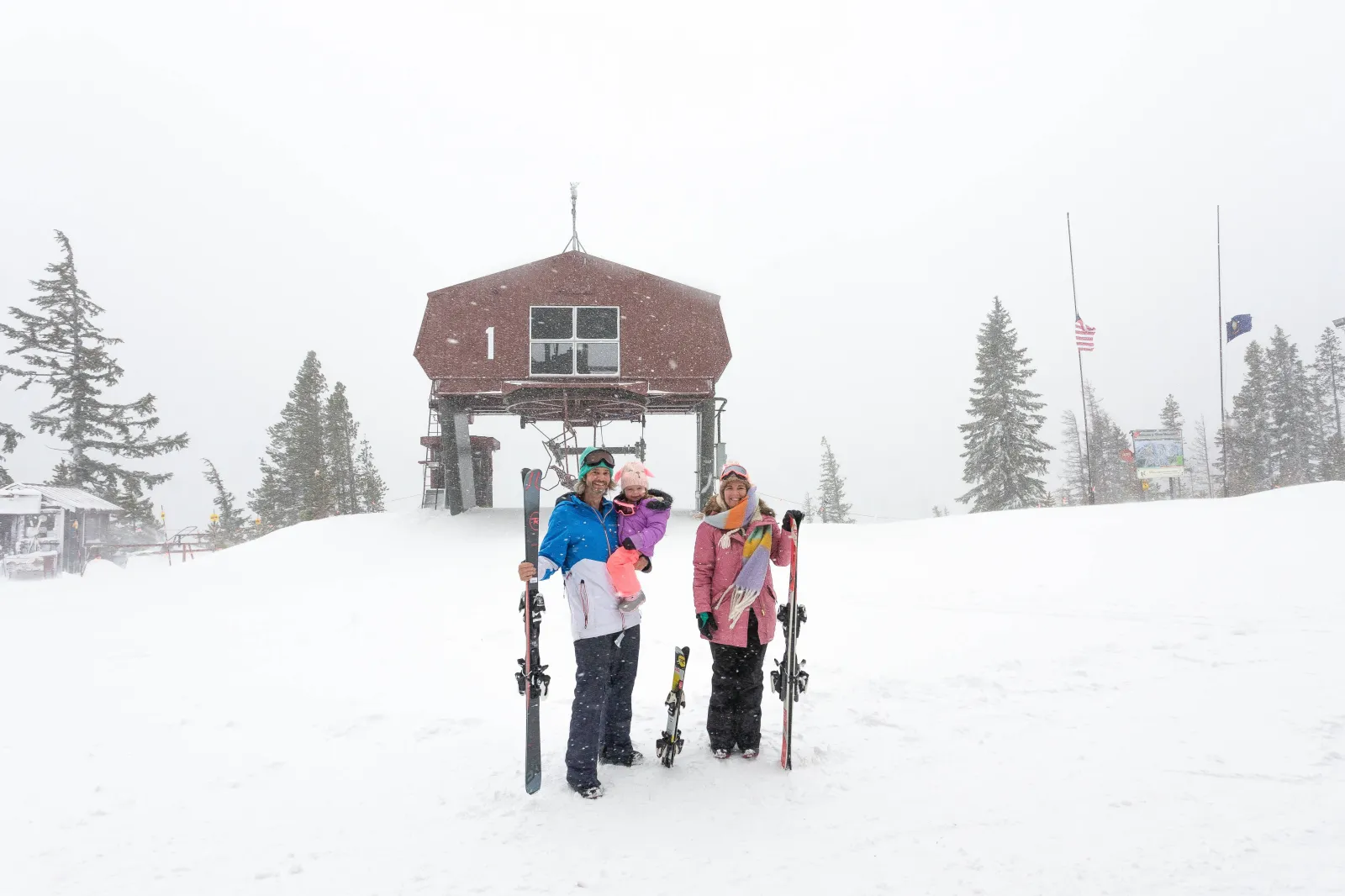

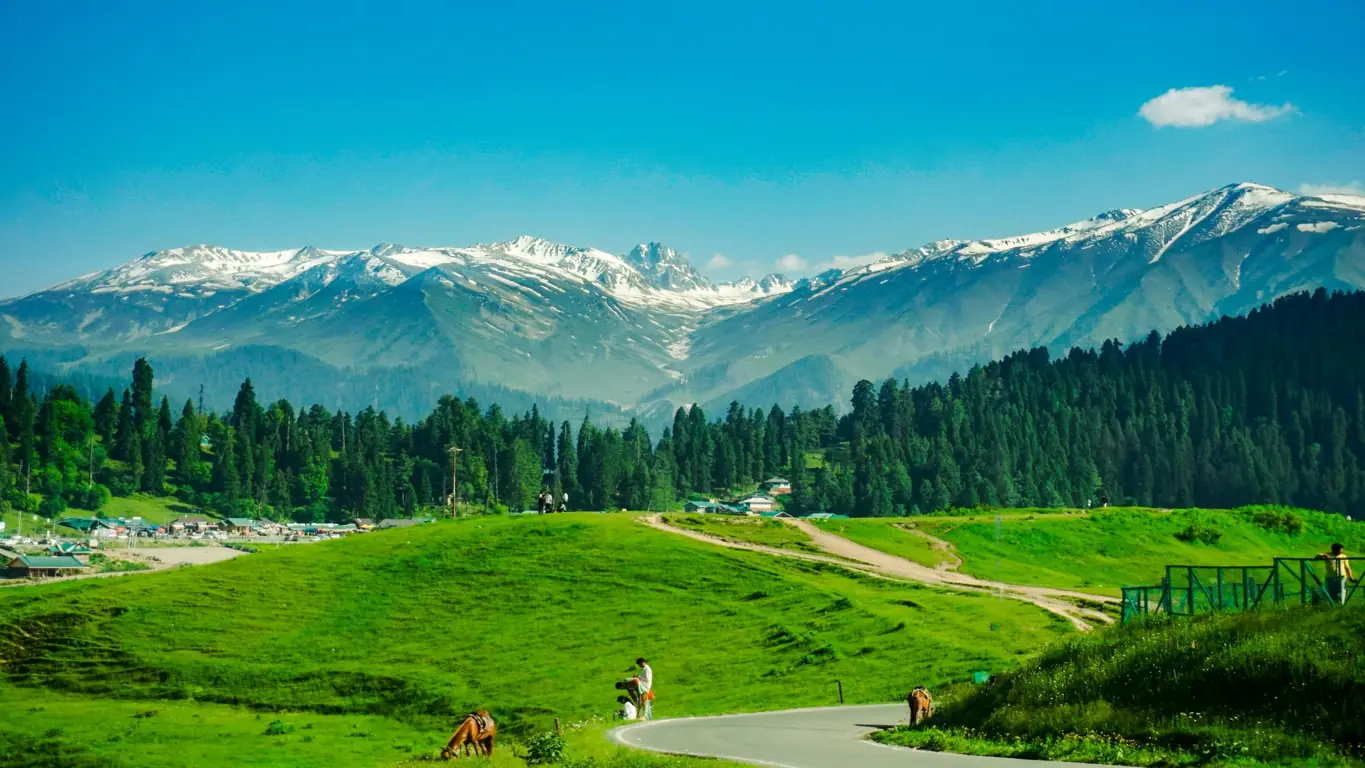
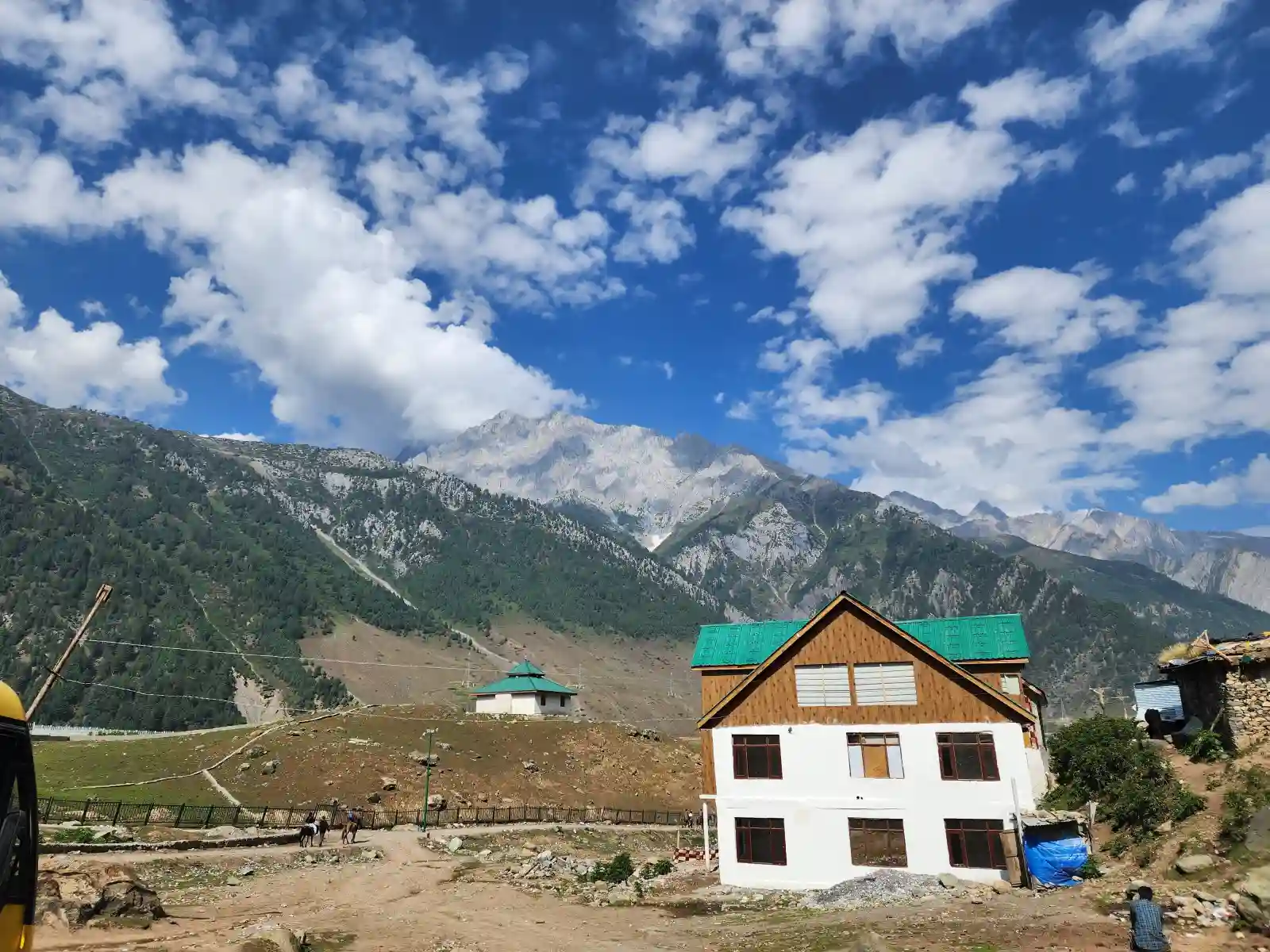
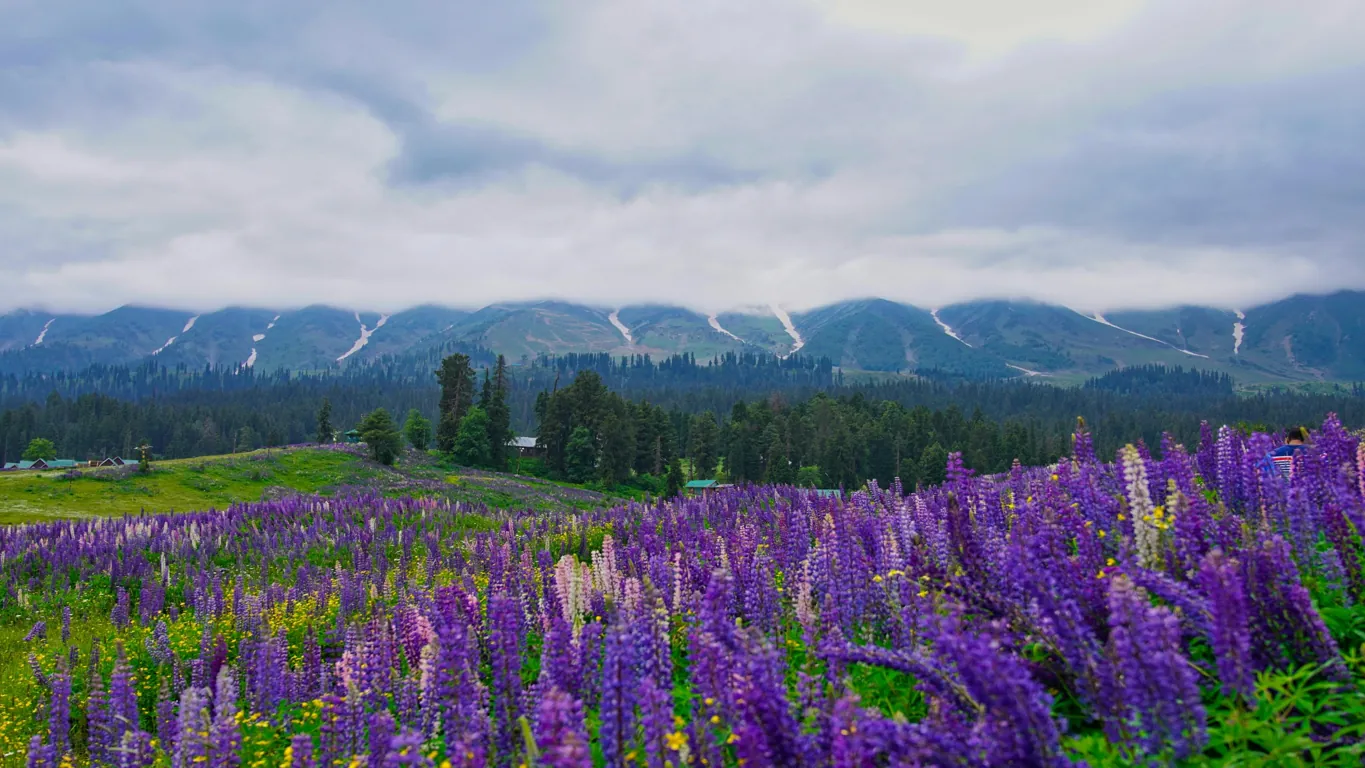
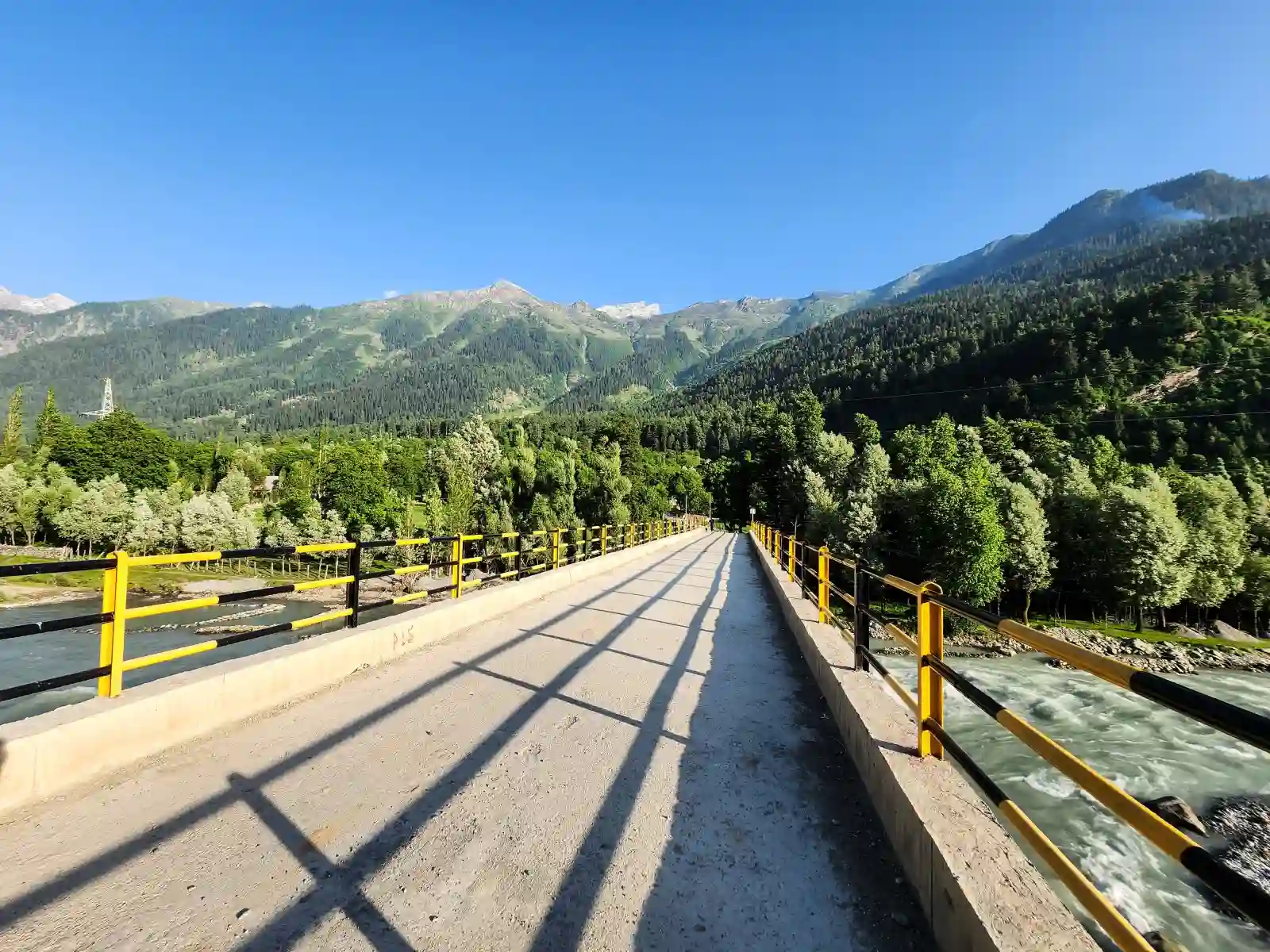
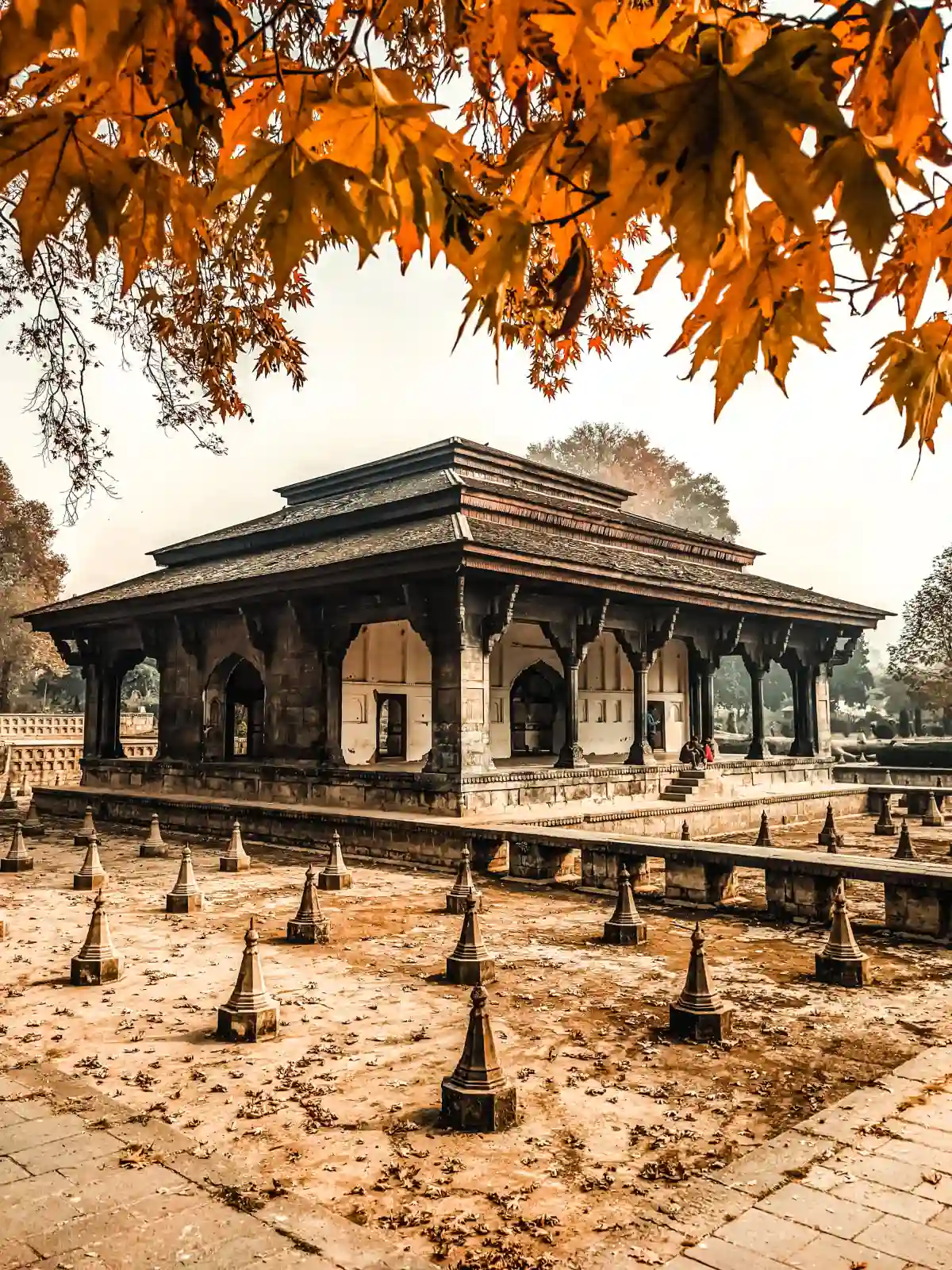
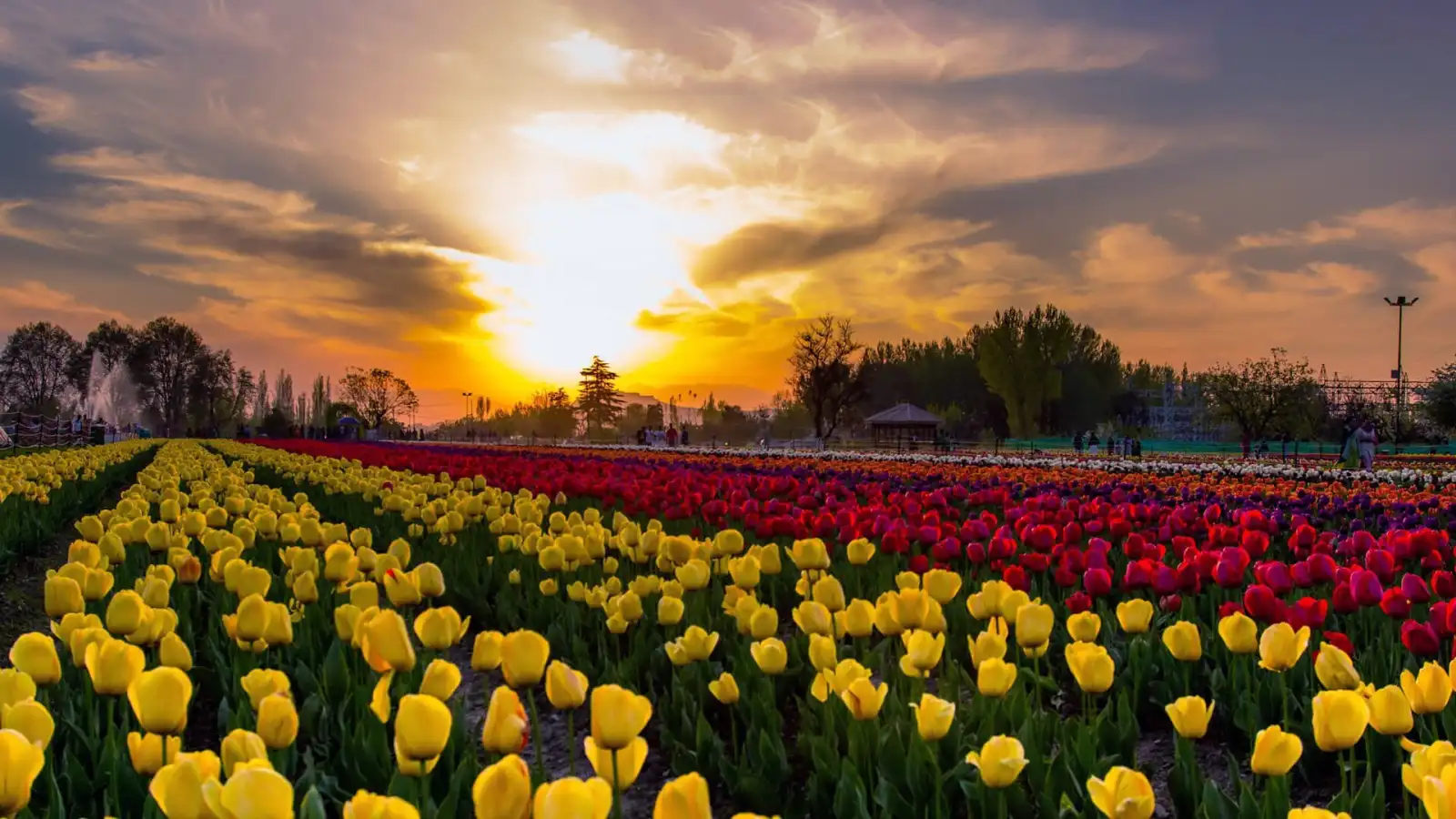
Srinagar, often called the “Venice of the East,” is the soul of Kashmir. Surrounded by the majestic Himalayas, the city offers an enchanting mix of shimmering lakes, Mughal-era gardens, spiritual sanctuaries, and rich cultural traditions. Whether it is a peaceful shikara ride on Dal Lake, wandering through historic gardens, or experiencing the city’s architectural marvels, Srinagar leaves a lasting impression on every traveler.
If you are planning your Kashmir trip, Srinagar Tour Packages are the perfect way to explore this paradise at ease. From houseboat stays on Dal Lake to guided tours of Mughal Gardens, these packages let you experience the true essence of Srinagar.
Dal Lake is the lifeline of Srinagar and one of its most iconic attractions. Spanning nearly 18 square kilometers, the lake is famous for its houseboats, floating gardens, and islands such as Char Chinar. A shikara ride on its calm waters offers views of lotus blooms, bustling floating markets, and the snow-clad mountains reflected on the lake’s surface. Staying overnight in a traditional houseboat is an experience unlike any other.
The Mughal emperors adorned Srinagar with some of the most beautiful gardens in India.
Perched high above Srinagar, Pari Mahal is a seven-terraced Mughal garden built in the mid-17th century by Dara Shikoh. More than a garden, it once served as an observatory and learning center for astronomy. Today, it is one of the best spots for panoramic views of Srinagar, especially at sunset.
Dedicated to Lord Shiva, the Shankaracharya Temple sits about 1,100 feet above the city. Apart from its deep spiritual significance, the temple offers breathtaking views of Srinagar and the surrounding mountains, making it a rewarding climb for both pilgrims and tourists.
Constructed in the 15th century, the Jama Masjid is a striking example of Indo-Saracenic architecture. Its vast courtyard and nearly 370 wooden pillars give it a unique charm. This serene place of worship reflects Srinagar’s spiritual depth and historical significance.
Overlooking Srinagar, the Hari Parbat Fort is an architectural blend of Mughal, Persian, and Kashmiri styles. Within its walls are temples, shrines, and mosques, symbolizing Kashmir’s cultural and religious harmony.
One of the oldest Mughal gardens in Kashmir, Naseem Bagh was founded in 1586. Home to nearly 700 majestic chinar trees, the garden turns into a vibrant canvas of red and gold in autumn, attracting photographers and nature lovers alike.
Srinagar beautifully captures the essence of Kashmir—its natural beauty, cultural richness, and historic elegance. The city offers something for everyone: tranquil lakes, enchanting gardens, ancient temples and mosques, and vibrant bazaars. With the Himalayas as its backdrop, Srinagar Tour Packages ensure you experience all of this comfortably, whether you are a couple on a honeymoon, a family on vacation, or a group of adventure seekers.

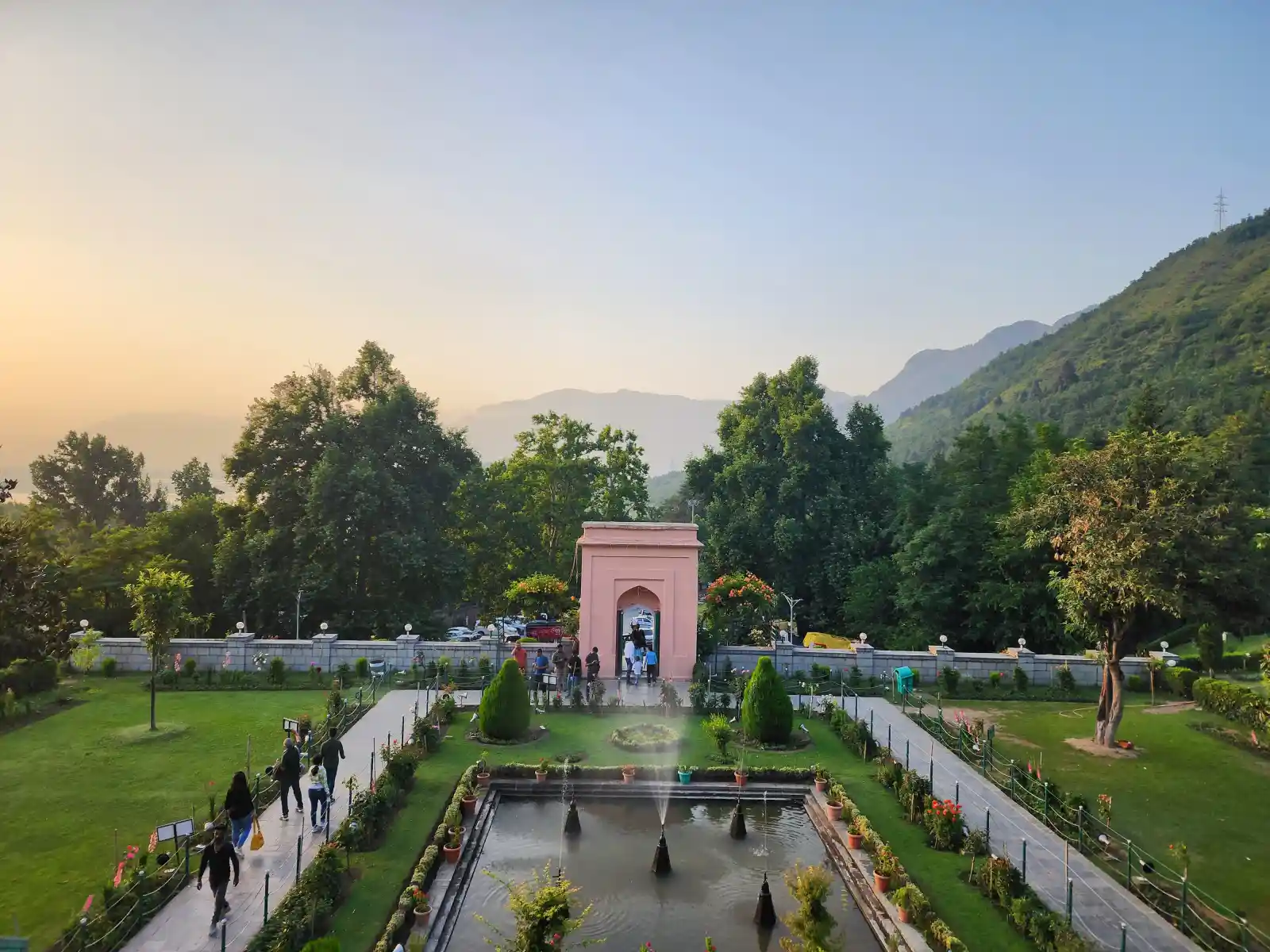
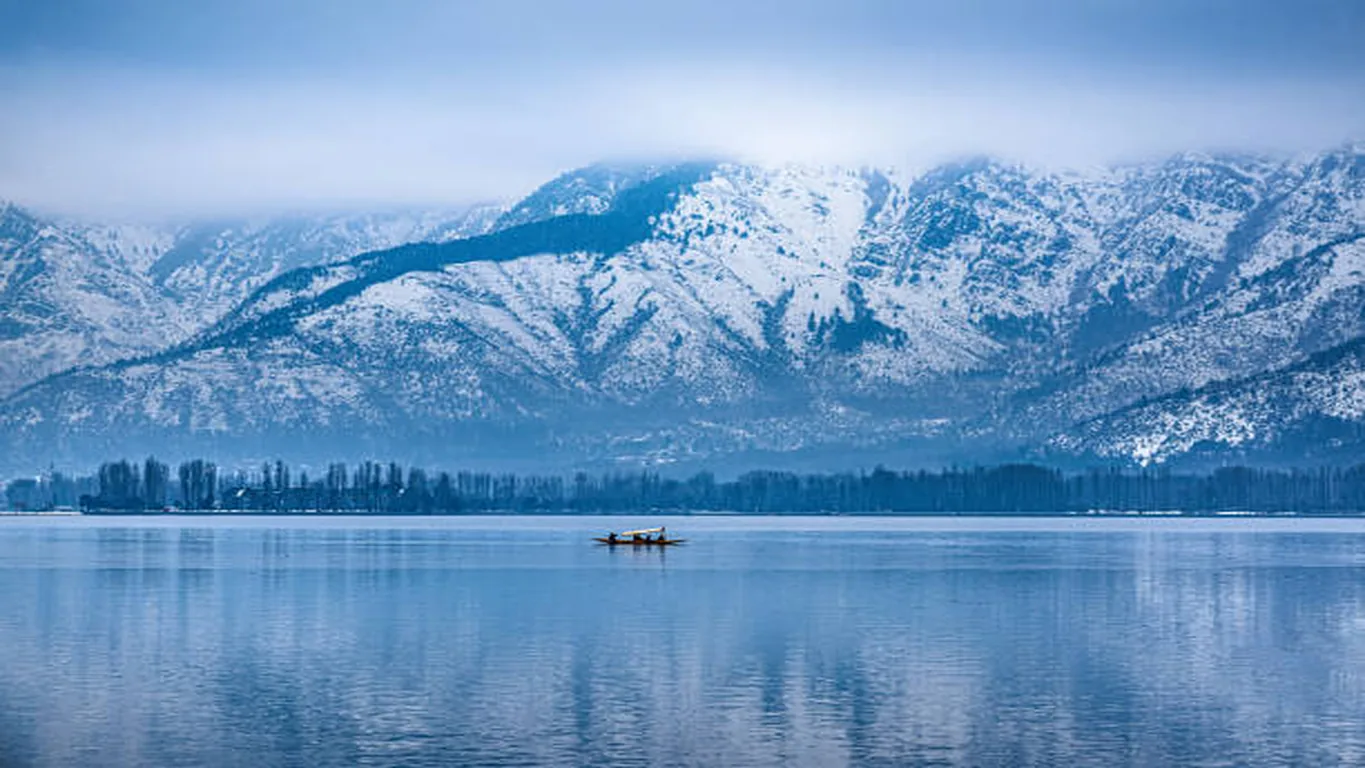
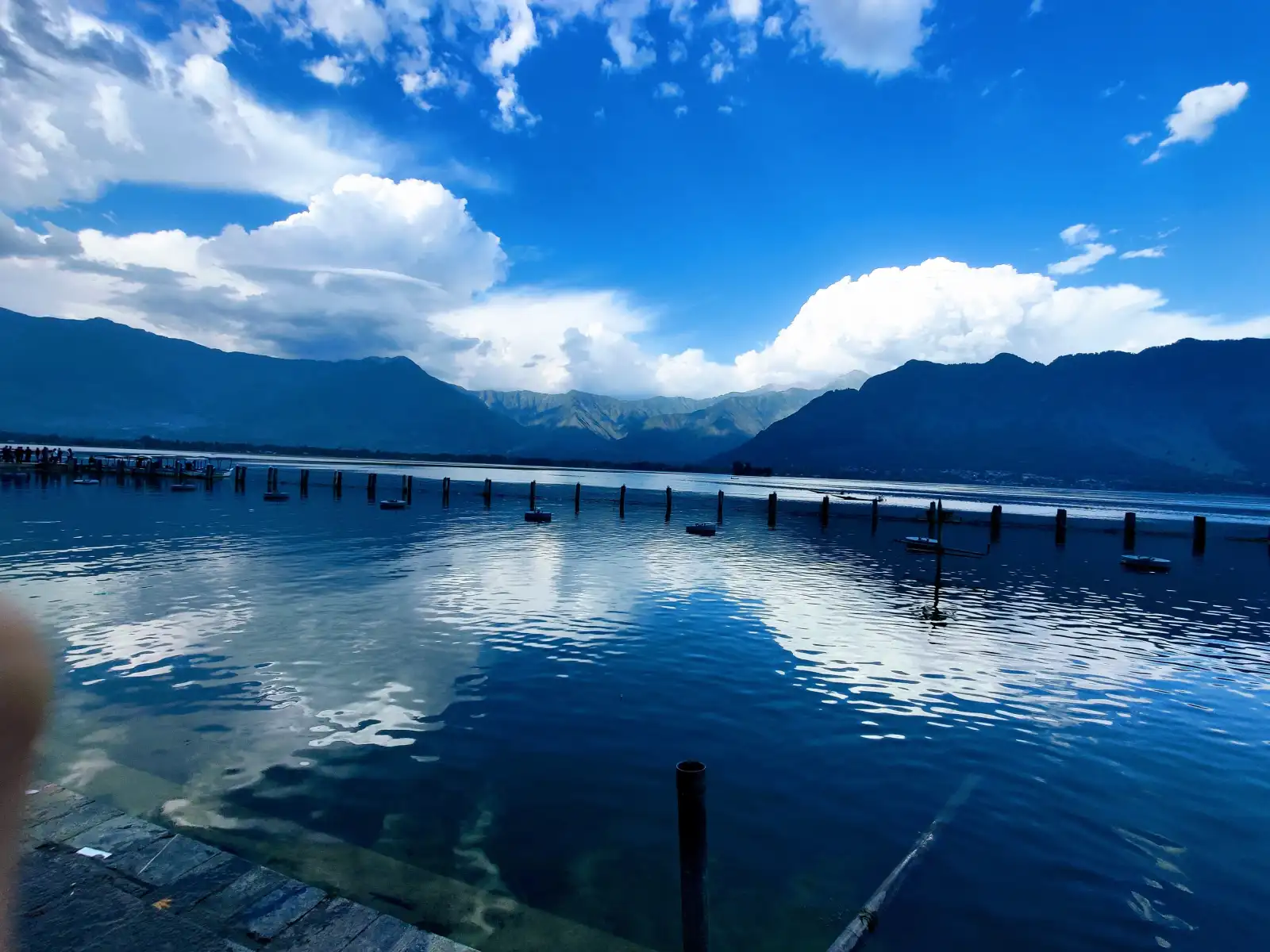

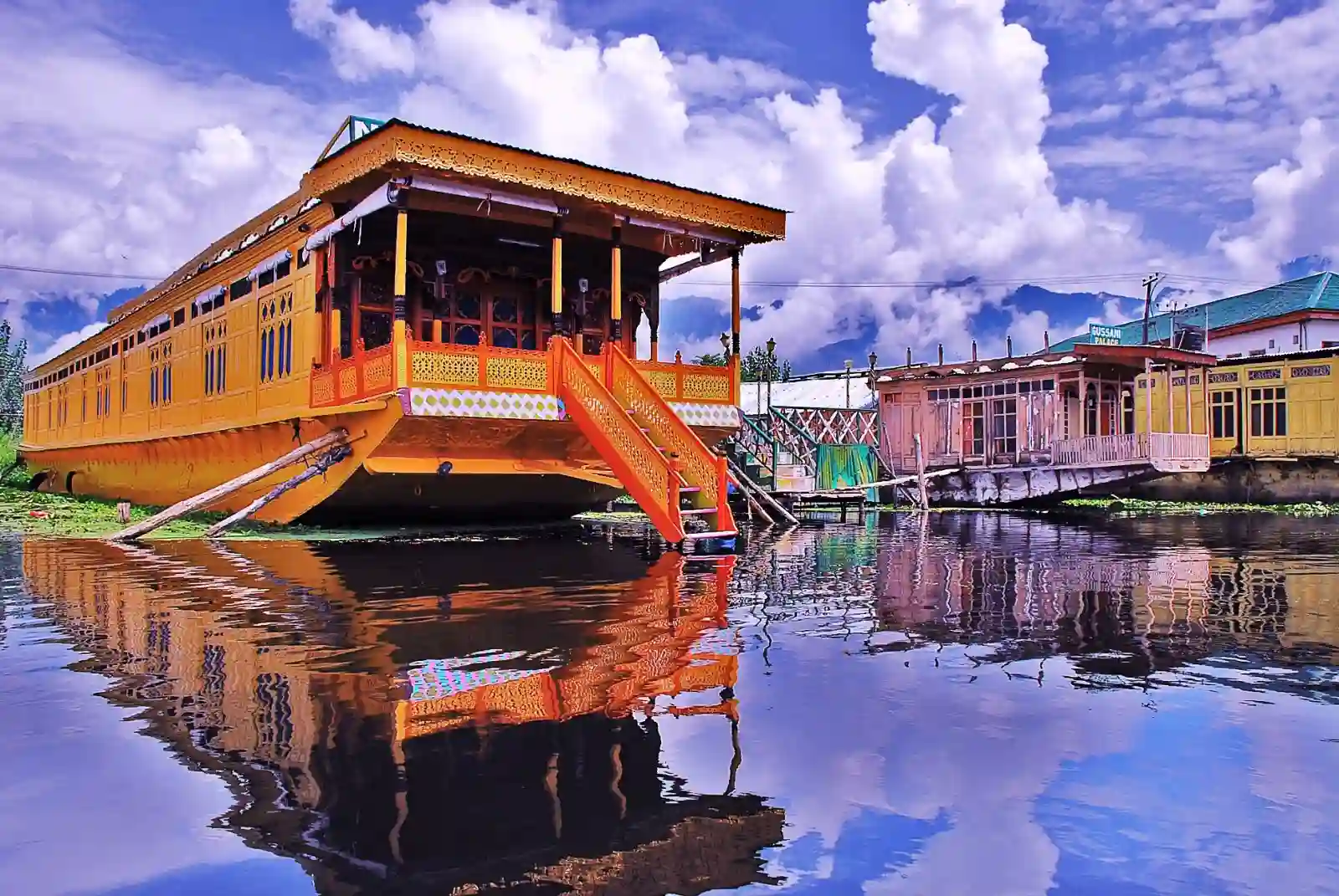
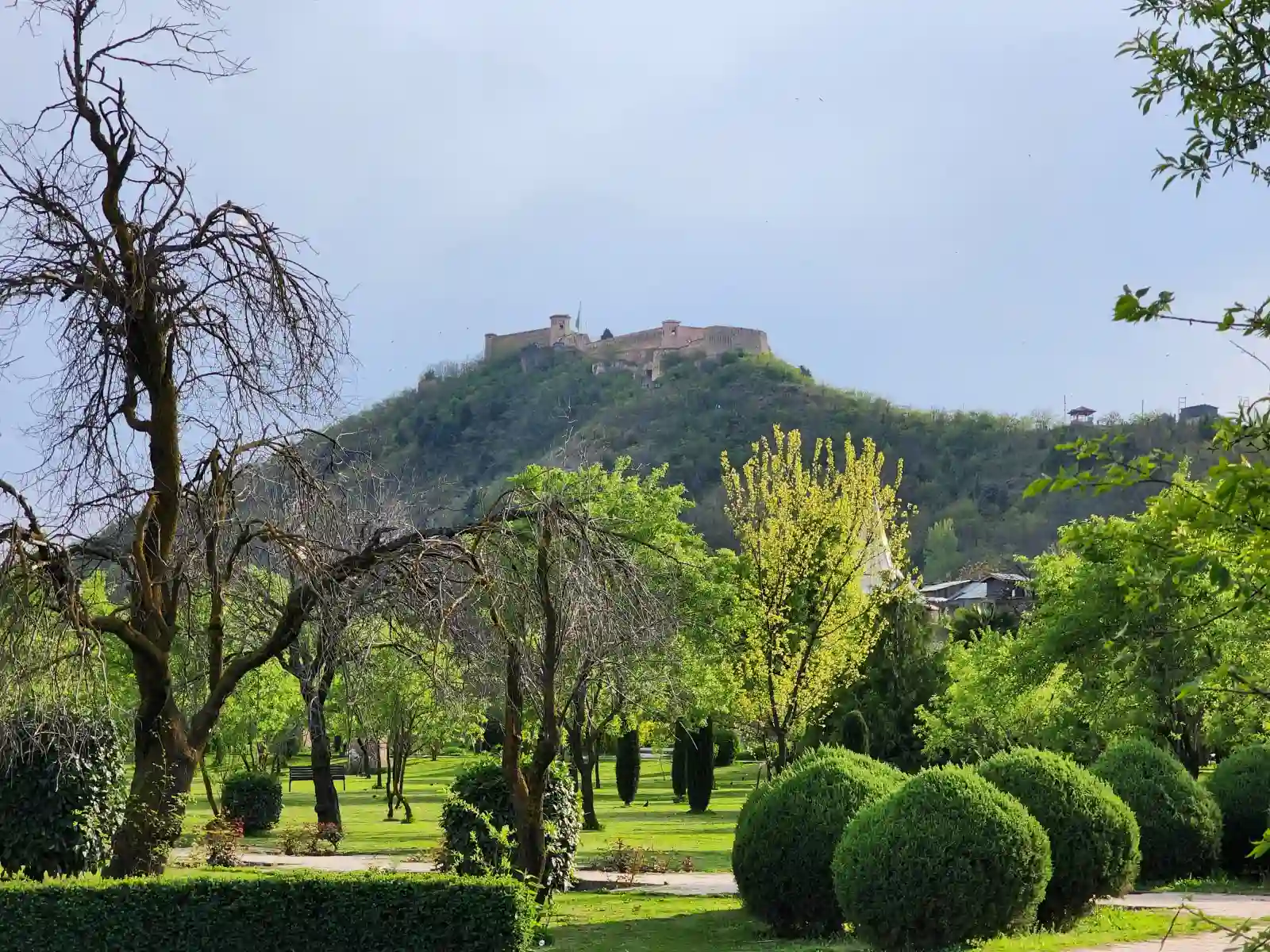
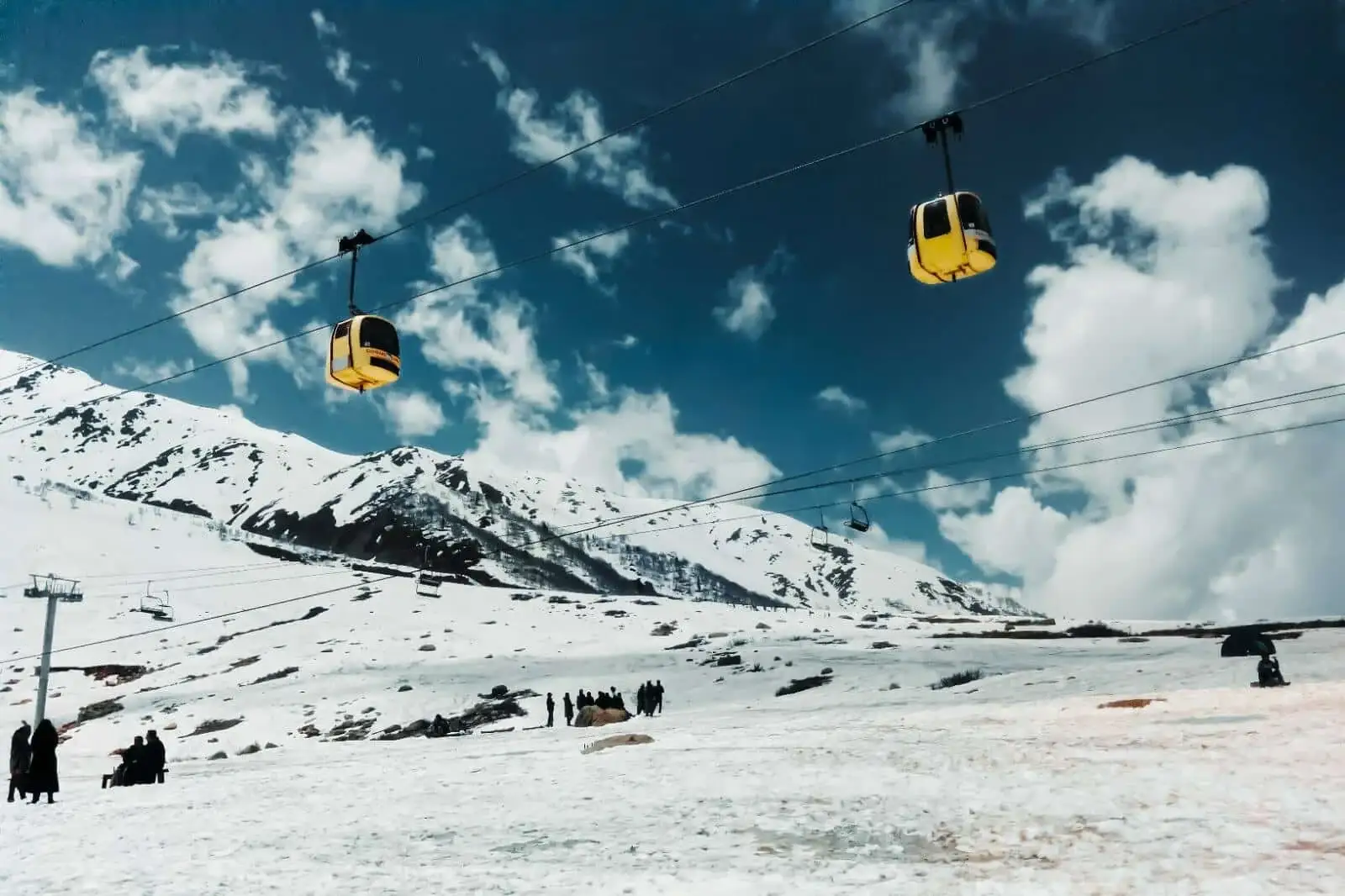
Gulmarg, often called the “Meadow of Flowers”, is one of Kashmir’s most enchanting destinations. Nestled in the Pir Panjal range of the Himalayas, this alpine wonder sits at altitudes ranging from 2,650 m to nearly 4,000 m. Famous for its snow-clad slopes, lush summer meadows, and world-class attractions, Gulmarg is where nature, adventure, and history blend beautifully. Travelers seeking a memorable vacation often explore curated Gulmarg Tour Packages to experience the best this magical valley offers. You can also browse our Gulmarg Tour Packages for complementary itineraries.
CNN ranked Gulmarg as the 7th best skiing destination in Asia, drawing thousands of visitors annually—both novices and seasoned skiers—eager to test their skills on these majestic Himalayan slopes.
Gulmarg comes alive in winter with the National Winter Games and the annual Winter Festival, held every February, combining adventure sports with local culture.
At 2,650 m above sea level, the Gulmarg Golf Club is the second-highest green golf course in the world—making Gulmarg a rare all-season destination: skiing in winter, golfing in summer.
The Gulmarg Gondola is Asia’s highest and longest cable car, and the second highest worldwide, offering panoramic views of snow-capped peaks, forests, and seasonal meadows.
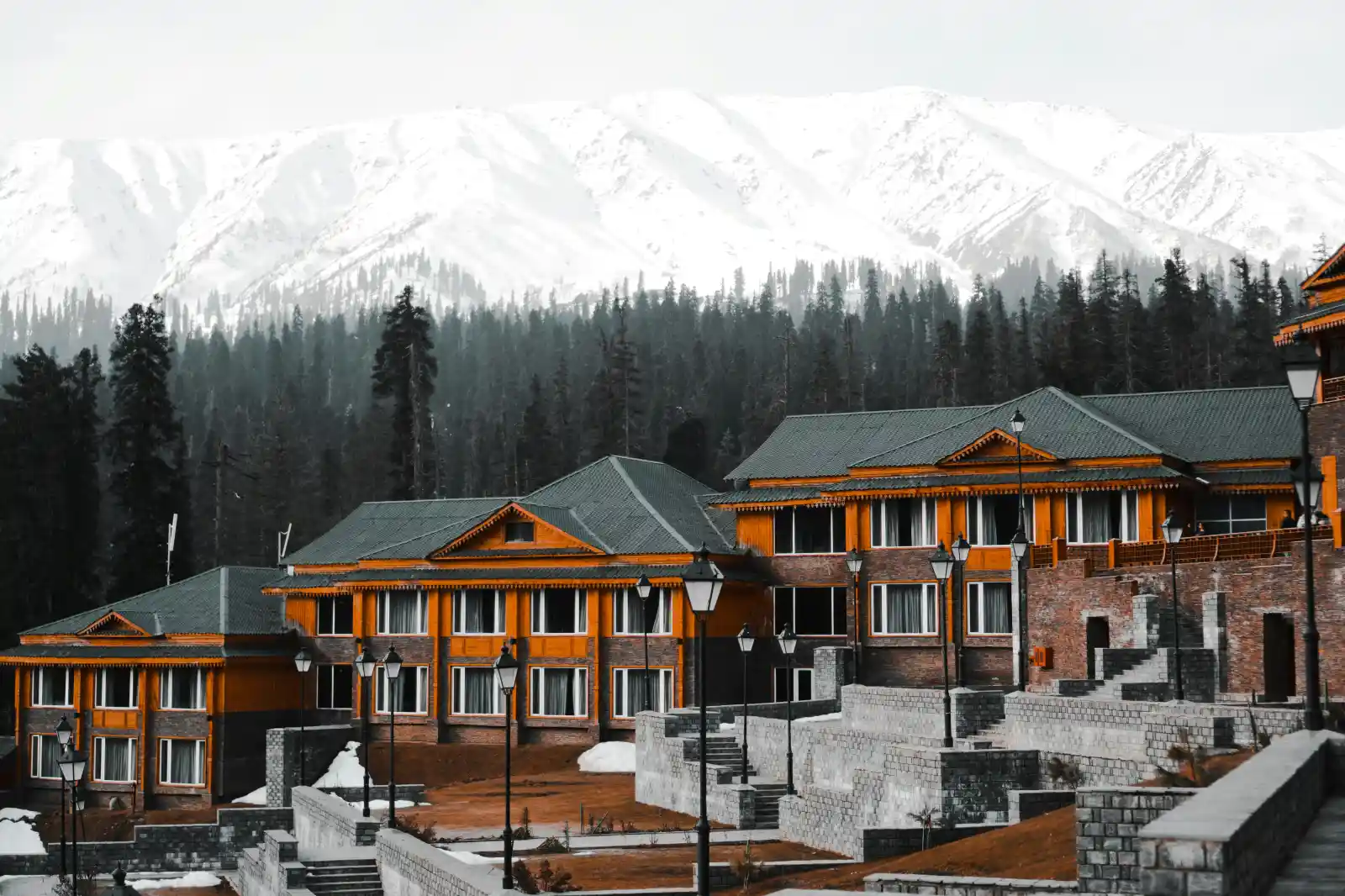


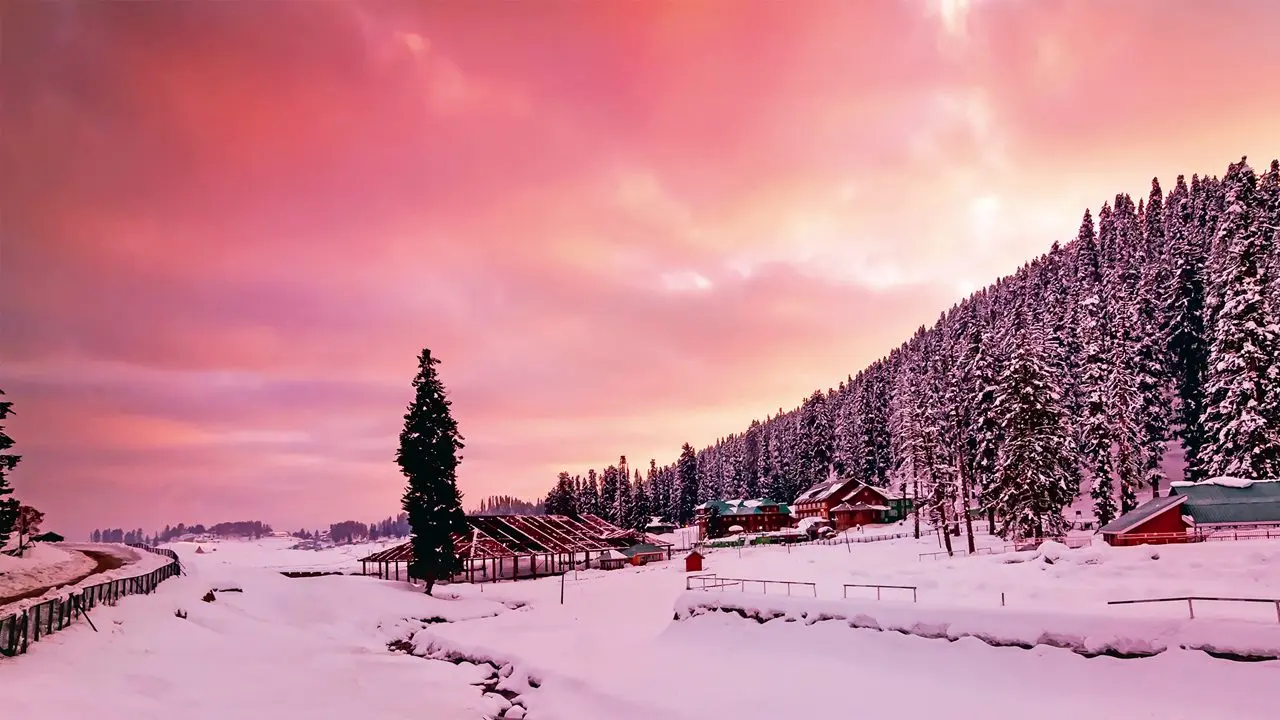

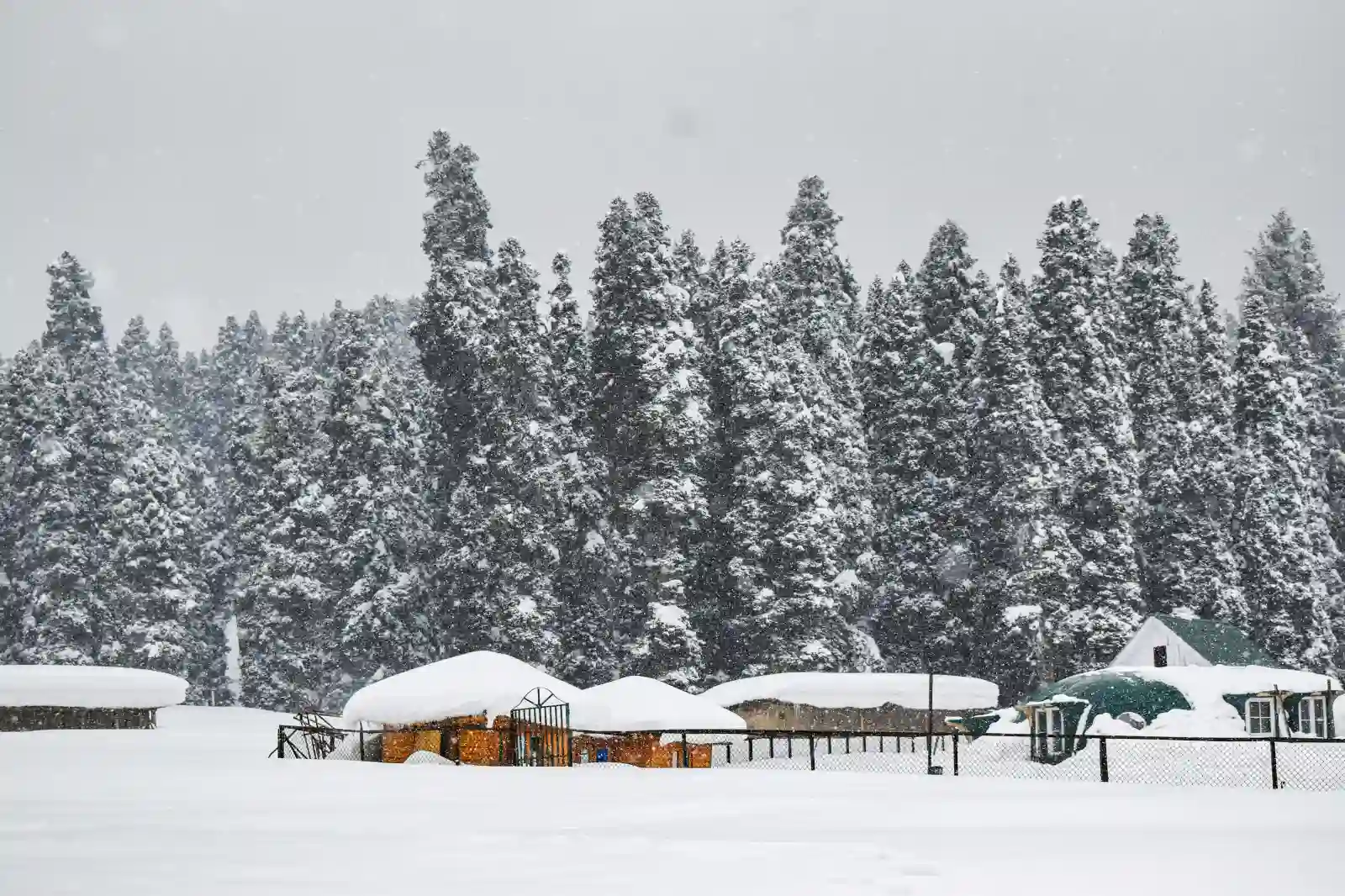
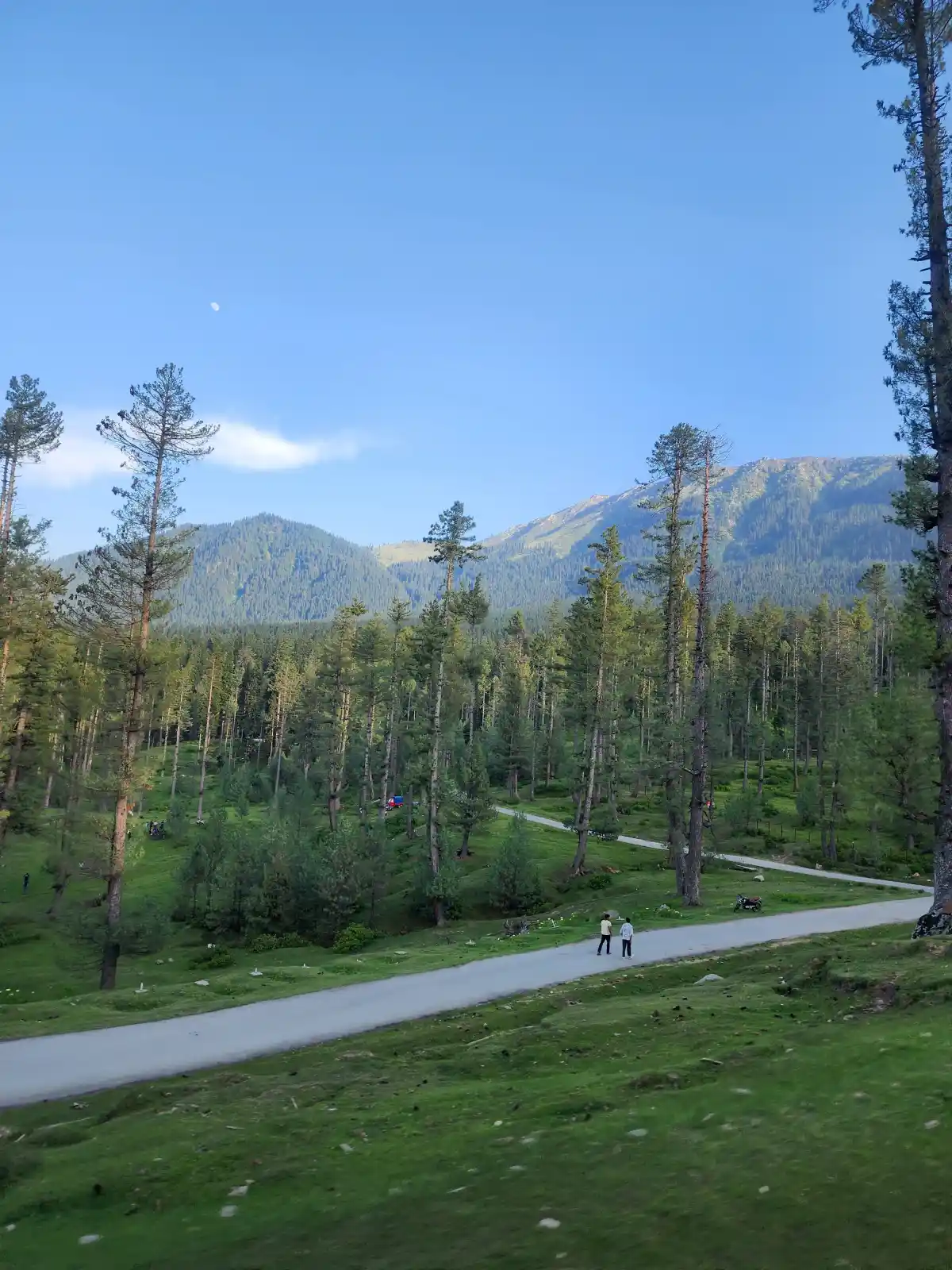
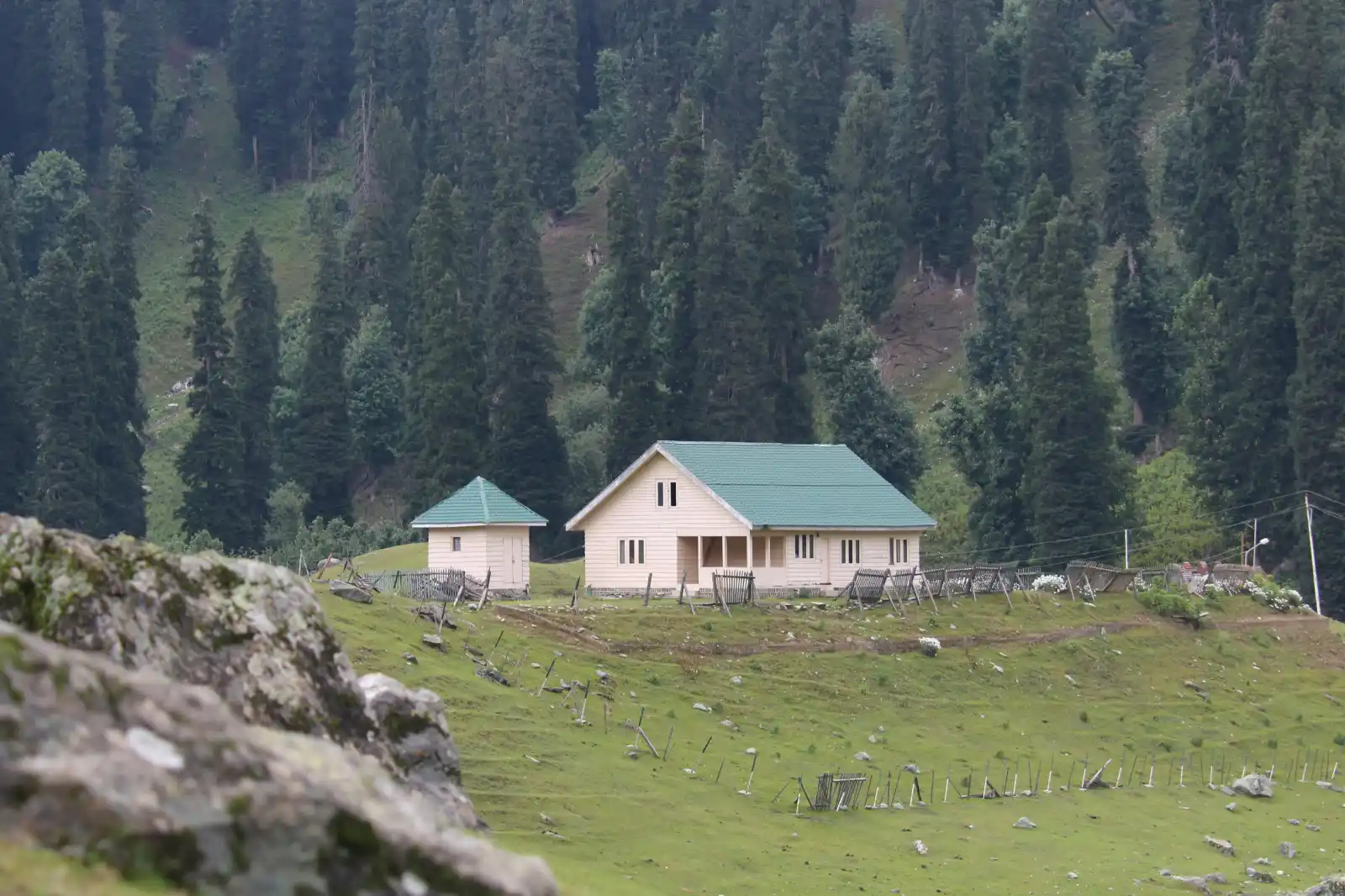
Nestled in the Anantnag district of Kashmir, Pahalgam is a dreamlike valley where the Lidder River meanders through lush meadows, pine forests, and snow-capped peaks. Known as the “Valley of Shepherds,” this charming town is more than a scenic stop—it’s a gateway to trekking adventures, pilgrimage routes, and serene nature escapes. Whether you’re a first-time traveler, an avid trekker seeking alpine lakes, or a family craving a quiet holiday, Pahalgam has something for everyone. Many travelers plan their trips through curated Pahalgam Tour Packages to make the most of this magical valley.
A postcard-perfect valley framed by snow peaks, green meadows, and the shimmering Lidder River. Popular with Bollywood filmmakers.
Travel Tip: Arrive before 10 AM to avoid crowds and pair your visit with Chandanwari on the same day.
A peaceful alpine village with rolling meadows, ideal for walks, pony rides, and as a base for treks like Tarsar–Marsar and Kolahoi Glacier.
Travel Tip: Stay until sunset for the golden light over the meadows.
Wide meadows surrounded by pine forests and Himalayan views. Perfect for picnics and pony rides.
Travel Tip: Carry your own snacks, as cafés are limited.
The starting point for the Amarnath Yatra and a scenic spot with lingering snow patches until late spring.
Travel Tip: Visit along with Betaab Valley to maximize time.
A turquoise alpine lake nestled between the Zanskar and Pir Panjal ranges.
Travel Tip: Full-day or overnight trek—start early and carry warm, waterproof layers.
A glacial lake on the Amarnath Yatra route, steeped in legends of Sheshnag, the serpent god.
Travel Tip: Best visited during Yatra season or as part of a trek from Chandanwari.
Perfect for riverside walks, wooden bridges, and picnics. Rafting available in summer.
Travel Tip: Evenings are ideal for calm, scenic views.
Spanning 511 km², it shelters rare species like the Hangul (Kashmir stag), musk deer, and diverse birdlife.
Travel Tip: Visit early morning for the best wildlife sightings.
An ancient stone temple, possibly dating back to the 4th century, linked to Lord Ganesha.
Travel Tip: Dress modestly and remove footwear before entering.
A scenic 18-hole course at 7,200 ft with sweeping valley views.
Travel Tip: Even non-golfers will enjoy the stunning plateau scenery.
A multi-day trek via Aru–Lidderwat, leading to Kashmir’s largest glacier.
Travel Tip: Attempt only with proper guides and trekking experience.
Gardens and viewpoints along the river, perfect for an evening stroll after sightseeing.
Betaab, Aru, Baisaran, and Chandanwari each offer unique landscapes within short drives.
Access points for Tulian Lake, Tarsar–Marsar, and Kolahoi Glacier treks start here.
Overa–Aru Sanctuary adds a biodiversity angle rarely found near resort towns.
Mamleshwar Temple and the Amarnath Yatra route offer spiritual and cultural experiences.
Plan visits in clusters to reduce backtracking (e.g., Betaab + Chandanwari).
Start early for peaceful photography and calmer sightseeing.
Hire only registered guides, ponies, or ATVs.
Carry cash and ID; card payments are limited.
Dress in layers for changing weather.
Respect local culture at temples and pilgrimage sites.
Stay on marked trails in the wildlife sanctuary.
Don’t litter or pluck flowers in fragile ecosystems.
Don’t rush high-altitude treks like Tulian or Sheshnag without acclimatization.
Don’t enter restricted Yatra zones without permits.
Don’t use drones near pilgrimage routes, army areas, or wildlife zones without permission.
Betaab Valley was named after the 1983 Bollywood film Betaab, shot here.
Mamleshwar Temple is tied to Shiva and Ganesha legends and may date back to the 4th century.
Overa–Aru Sanctuary reaches elevations above 5,000 m.
Pahalgam Golf Course is among India’s highest and most scenic.
Tulian Lake often has floating ice chunks even in summer, adding to its alpine charm.

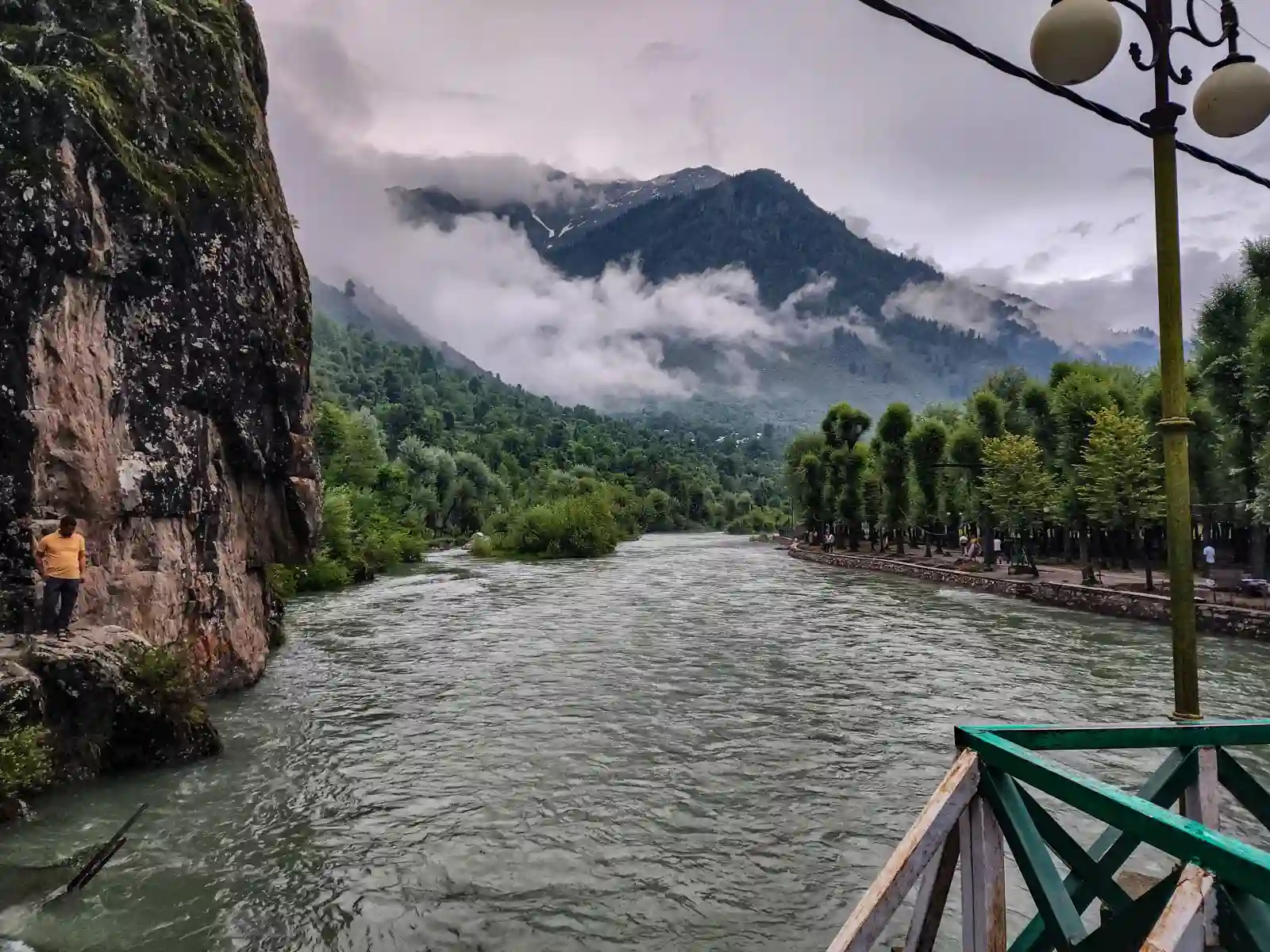



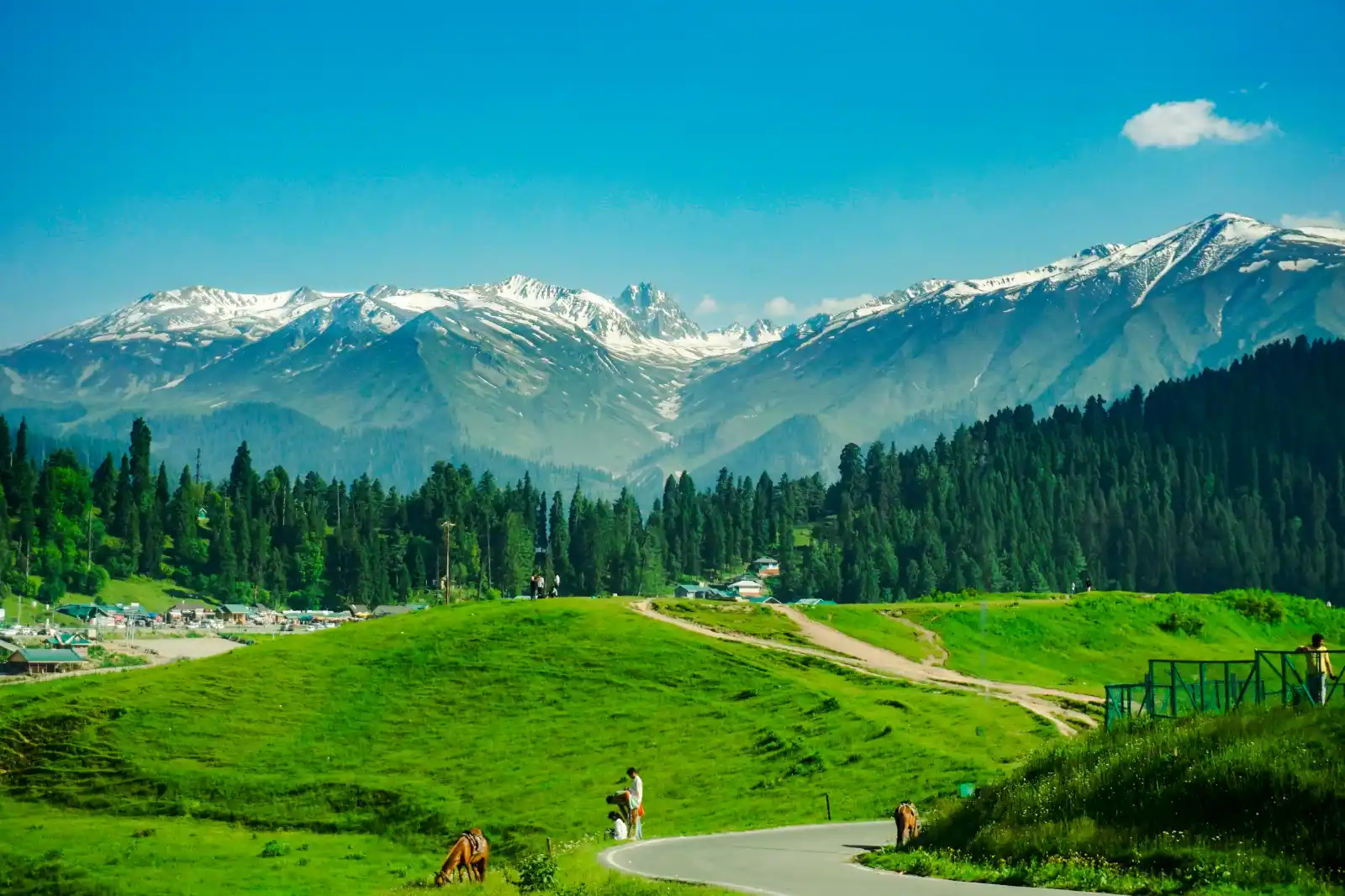
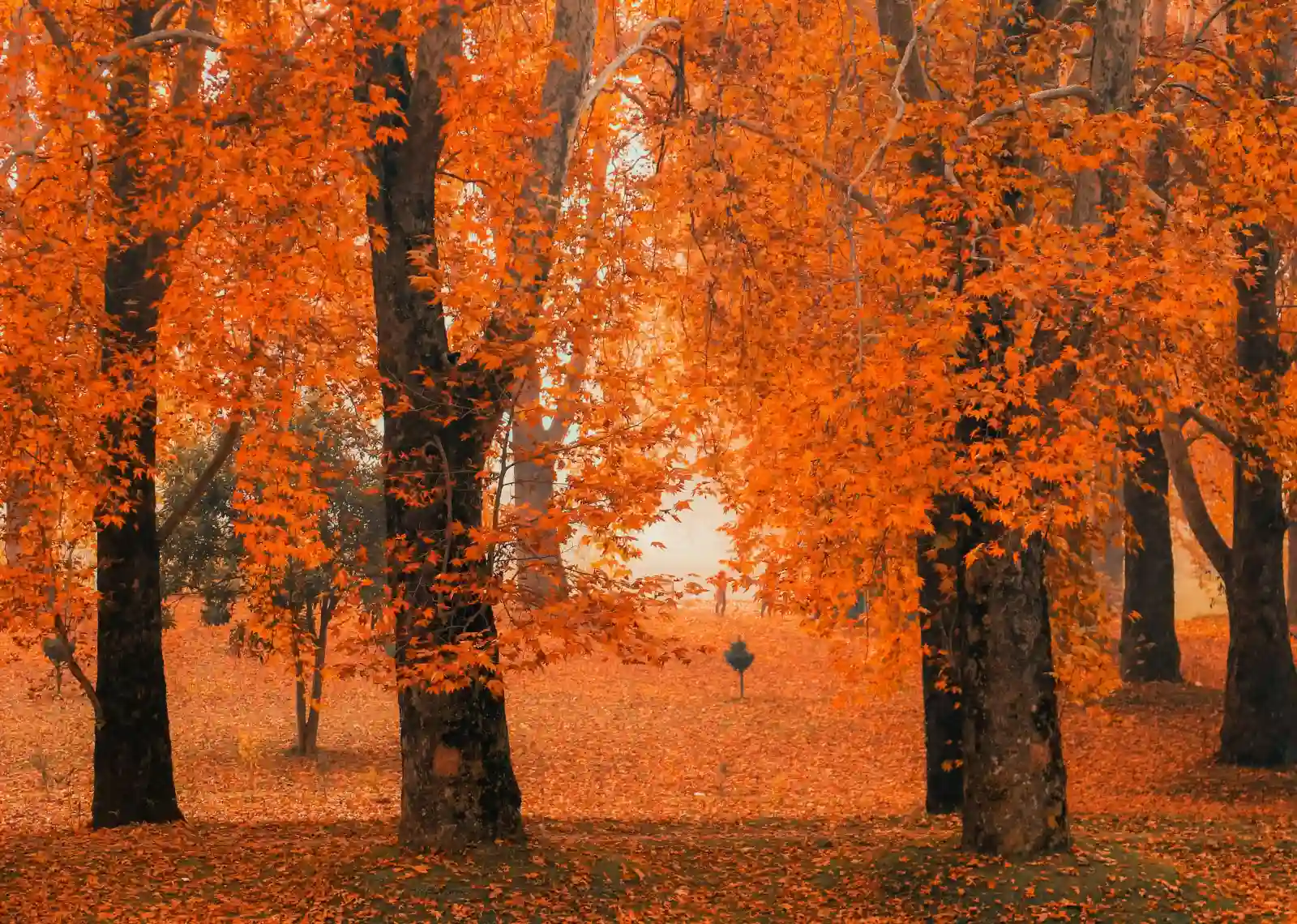
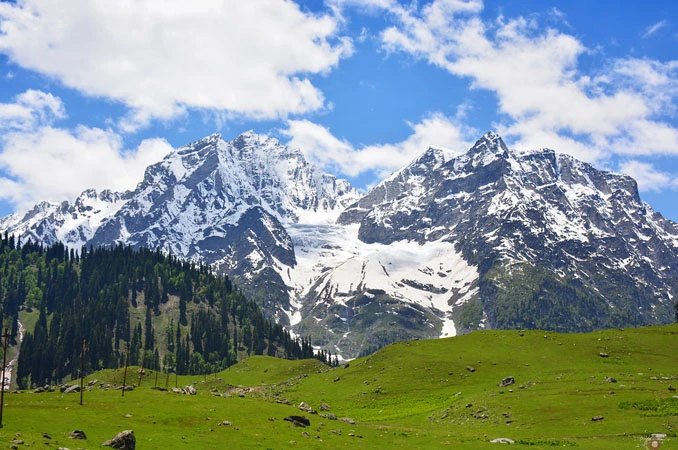
Sonamarg, often called the “Meadow of Gold,” is one of the most breathtaking places to visit in Kashmir. Surrounded by snow-capped peaks, alpine meadows, and sparkling rivers, this Himalayan paradise offers both serene beauty and thrilling adventures. Whether you are a leisure traveler, a family on holiday, or an adventure seeker, Sonamarg has something magical for you.
What it is: A stunning glacier just a short trek (2–4 km) or pony ride from Sonamarg town.
Why visit: Snow-covered meadows and postcard-perfect views, even in summer.
Things to do: Trek with a guide, hire a pony, enjoy a riverside picnic, or play in the snow.
Tips: Carry warm layers and sturdy shoes. Negotiate pony fares in advance. Avoid venturing onto deep ice crevasses.
What it is: A breathtaking high-altitude meadow near Zoji La Pass, often blanketed with snow even in summer.
Why visit: Ideal to experience the chill of the Himalayas without a long trek. Sweeping mountain and meadow views await.
Tips: Access depends on the season and road conditions. Sometimes permits or a 4x4 vehicle are required.
What it is: A small valley about 15 km from Sonamarg, also the base camp for the Amarnath Yatra (via Baltal route).
Why visit: Great for camping, riverside walks, and adventure activities such as rafting.
Tips: Seasonal tents and camps get booked quickly during the yatra season.
What it is: A sparkling river flowing through Sonamarg, home to rainbow and brown trout.
Why visit: Perfect for fishing enthusiasts and rafting lovers.
Things to do: Book rafting excursions or guided fishing trips. Enjoy quiet riverside picnics.
What they are: Beautiful alpine lakes such as Gangabal, Vishansar, Krishansar, Satsar, and Gadsar in the Harmukh range.
Why visit: These lakes are pristine and offer dramatic Himalayan scenery.
Tips: Multi-day treks (2–6 days) require permits, proper gear, and a local guide. Not suitable for casual tourists.
What it is: Traditional pony rides offered by local families to meadows and glaciers.
Why visit: A cultural experience and an easy way to explore without long hikes.
Tip: Always agree on the fare before the ride.
What it is: A dramatic mountain pass on the Srinagar–Leh highway, just beyond Sonamarg.
Why visit: The rugged landscapes and switchback roads make it a photographer’s delight.
Dress modestly, especially at religious sites.
Carry warm clothing as weather changes quickly.
Hire licensed guides and pony operators.
Carry first aid and altitude medication if needed (only on doctor’s advice).
Dispose of waste responsibly to keep the valley clean.
Avoid walking on glaciers without guides.
Don’t litter or leave food waste at campsites.
Don’t rely on mobile networks or ATMs in remote spots; carry cash.
Avoid driving on high passes after dark due to weather and avalanche risks.
Sonamarg is one of the most popular places to visit in Kashmir, offering meadows, glaciers, rivers, and alpine lakes within a small valley. It serves as the gateway to Ladakh through Zoji La Pass and is suitable for both easy day trips and adventurous multi-day treks. Just a few hours from Srinagar, yet it feels like a remote paradise.
The name Sonamarg means “Meadow of Gold,” inspired by the golden glow of wildflowers and sunlight.
It was once a stop on the historic Silk Route connecting Kashmir with Tibet and Ladakh.
High-altitude lakes near Sonamarg are stocked with trout, making fishing unique here.
The valley is mostly cut off in winter due to heavy snowfall, with only a small seasonal population.
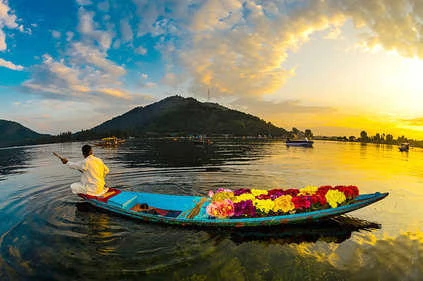
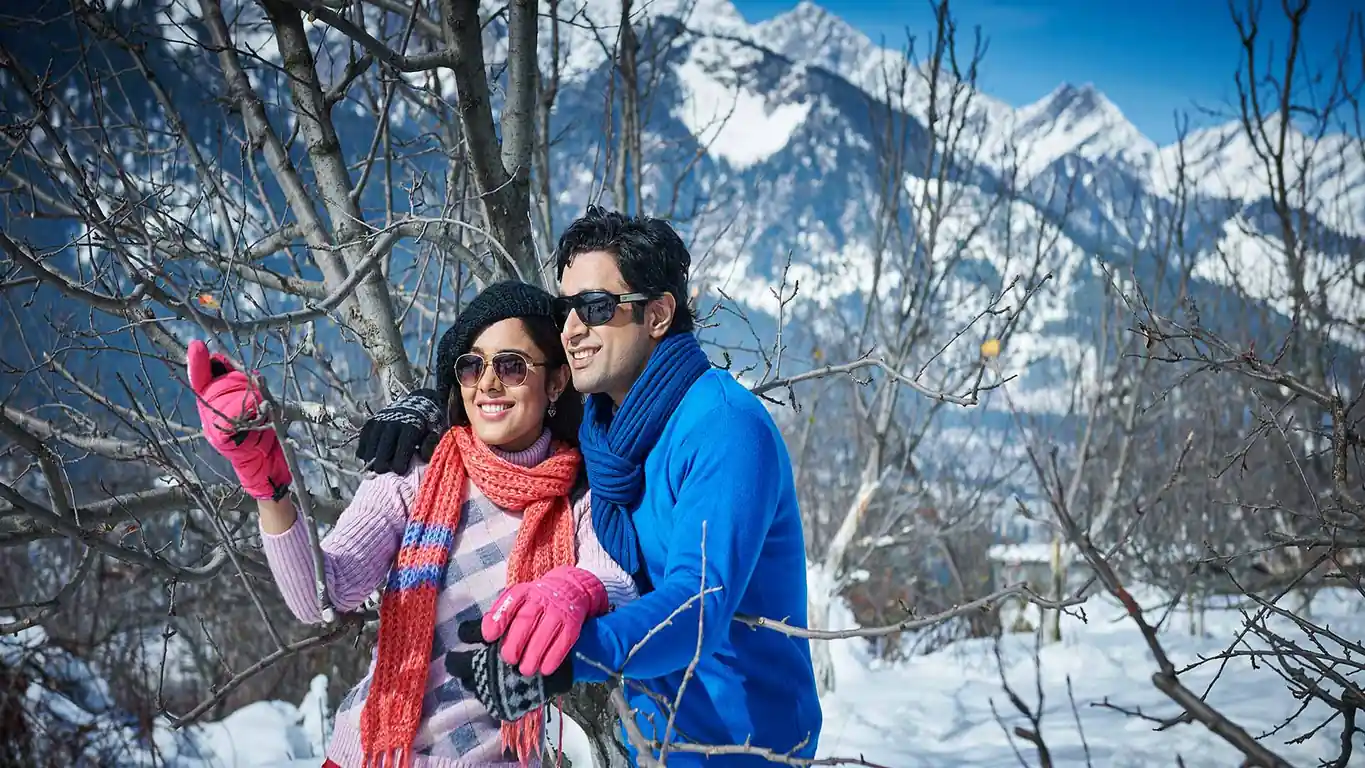
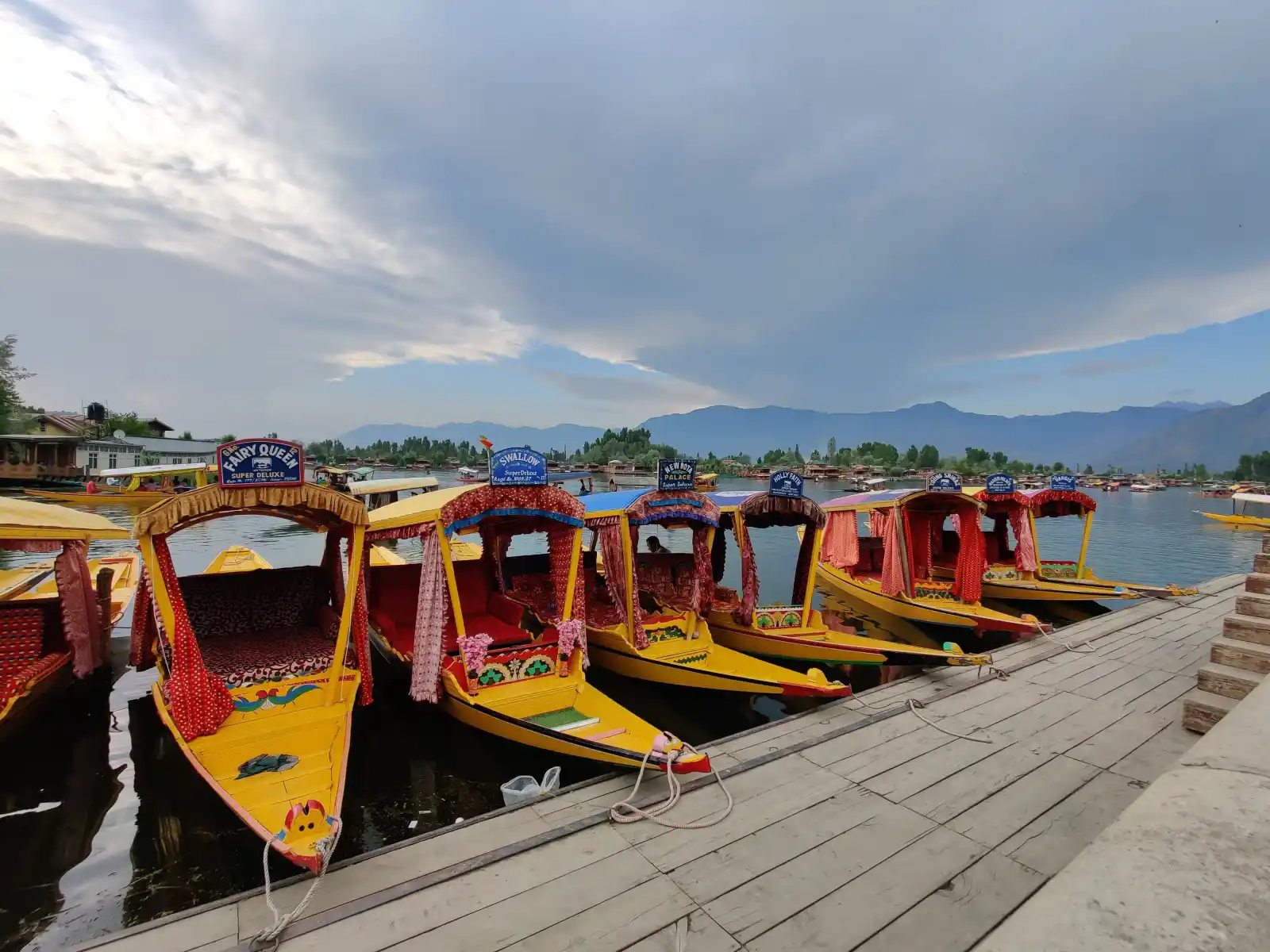
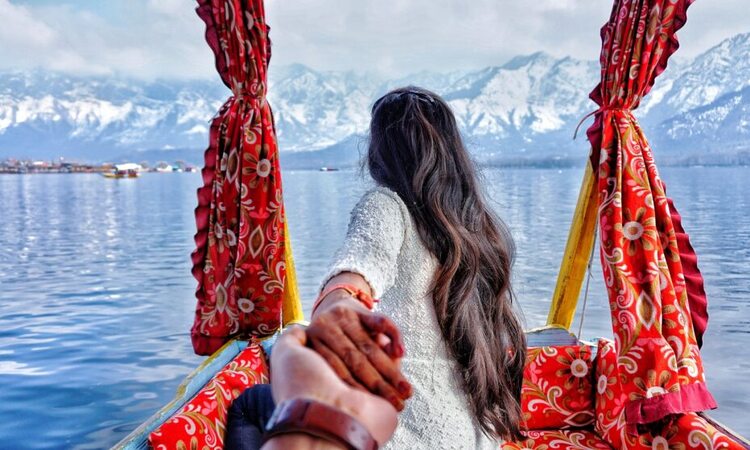



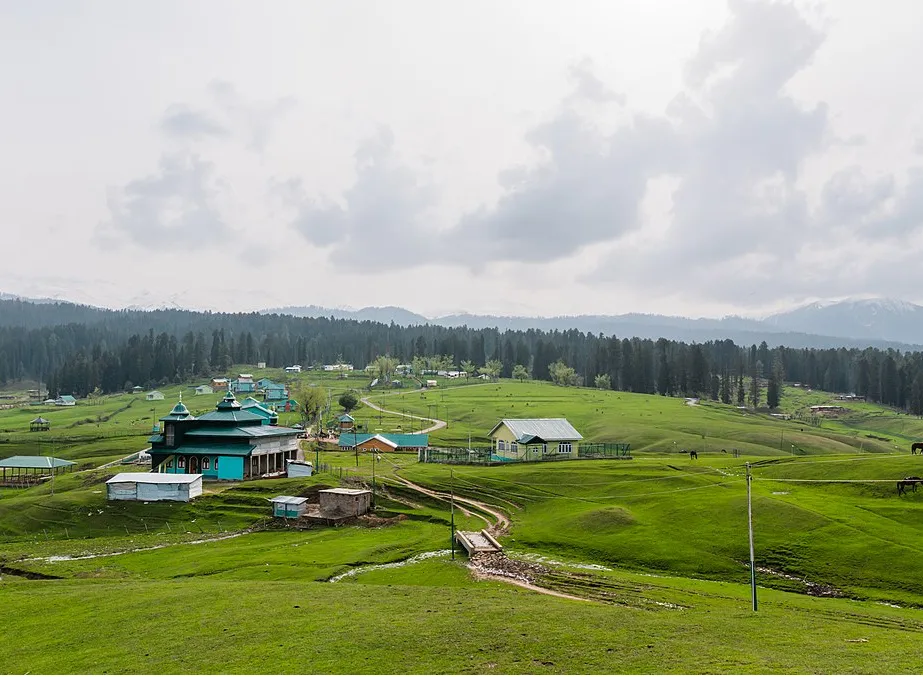
Yusmarg (also spelled Yousmarg) is a serene, high-altitude meadow tucked in the Budgam district of Jammu & Kashmir. Surrounded by the mighty Pir Panjal range, this quiet paradise sits at around 2,300–2,400 meters above sea level, just 45–55 km from Srinagar depending on the route you take.
Unlike Gulmarg or Sonamarg, Yusmarg is less crowded, making it one of the most peaceful Kashmir Tourist Places for travelers who long for lush greenery, gentle rivers, and quiet meadows. Visitors often come here for short treks, pony rides, trout fishing, picnics, and nature photography.
This wide expanse of grassy pastures is what defines Yusmarg. In spring and summer, the fields bloom with wildflowers, while pines stand guard at the edges.
Best for: Slow walks, pony rides, picnics, or simply lying back and watching clouds drift across snow-tipped mountains.
Photography tip: Sunrise and sunset bathe the meadow in golden hues—perfect for photos.
Practical info: Easy walking, flat terrain, pony rides from the parking area, and small tea stalls near the entrance.
A silvery-white tributary giving the impression of flowing milk in certain spots—hence the name.
Things to do: Riverside strolls, trout fishing (local permits may be needed), or short treks along its crystal-clear waters.
Access: Just a short walk or pony ride from the main meadow. The banks can be rocky, so sturdy shoes are recommended.
A hidden alpine jewel, Nilnag is a small high-altitude lake surrounded by forested slopes. Its waters mirror the sky, making it an enchanting stop for nature lovers.
How to reach: A moderate trek (several kilometers with uneven stretches) from Yusmarg.
Tip: If you’re not used to trekking, hire a local guide for safety and navigation.
Known as the “White Rock Valley,” this area is loved for unique rock formations and dramatic landscapes. Adventurers often use it as a base for trekking up to Tatakutti Peak or Sunset Peak.
Best for: Longer day hikes, camping, or multi-day treks.
Reminder: This is remote terrain—carry food, water, and go with a guide.
For those who enjoy cultural stops, the road to Yusmarg also brings you close to historic Sufi shrines. Charar-e-Sharief is one of the most famous in Kashmir and is often visited en route.
Tip: Follow local customs—remove footwear, dress modestly, and maintain silence.
A vast grazing ground and one of the largest open pastures in Kashmir, Tosa Maidan is perfect for wide landscapes and camping. The Silent Meadows trek often connects it with Yusmarg.
Best for: Multi-day trekking, camping under the stars, and stargazing.
Practical: It’s windy and exposed—pack appropriate weather gear.
The meadows are bordered by fragrant pine and fir forests, ideal for short nature walks, birdwatching, and spotting seasonal wildflowers. In summer, the meadows bloom with daisies, buttercups, and more.
Carry water, snacks, a windproof jacket, and a basic first-aid kit; facilities are limited.
Wear sturdy shoes for trekking and riverbanks.
Hire a local guide for longer treks like Nilnag, Sang-e-Safed, or Tosa Maidan.
Respect customs at religious shrines (remove shoes, cover appropriately).
Negotiate pony rides and guide services fairly before starting.
Don’t litter—carry all waste back with you; bins are scarce.
Don’t wander into restricted or military areas.
Don’t assume pony rides cover all attractions—clarify the route.
Avoid camping alone in remote valleys without guidance; weather changes quickly.
Offbeat and tranquil: Much quieter than Gulmarg or Sonamarg, perfect for disconnecting.
Close yet remote: Just a day trip from Srinagar but feels like another world.
Something for everyone: From relaxed picnics and pony rides to trekking and camping.
“Meadow of Jesus” legend: Locals sometimes call Yusmarg the “Meadow of Jesus,” linked to folklore of Yus/Yuz Asaf.
Name origin: The meadow’s name is said to come from Sultan Yousuf Shah in the 16th century, who admired its flower-filled slopes.
Hidden trekking gems: Beyond Nilnag, routes like Sang-e-Safed and Silent Meadows remain little visited and offer untouched alpine beauty.
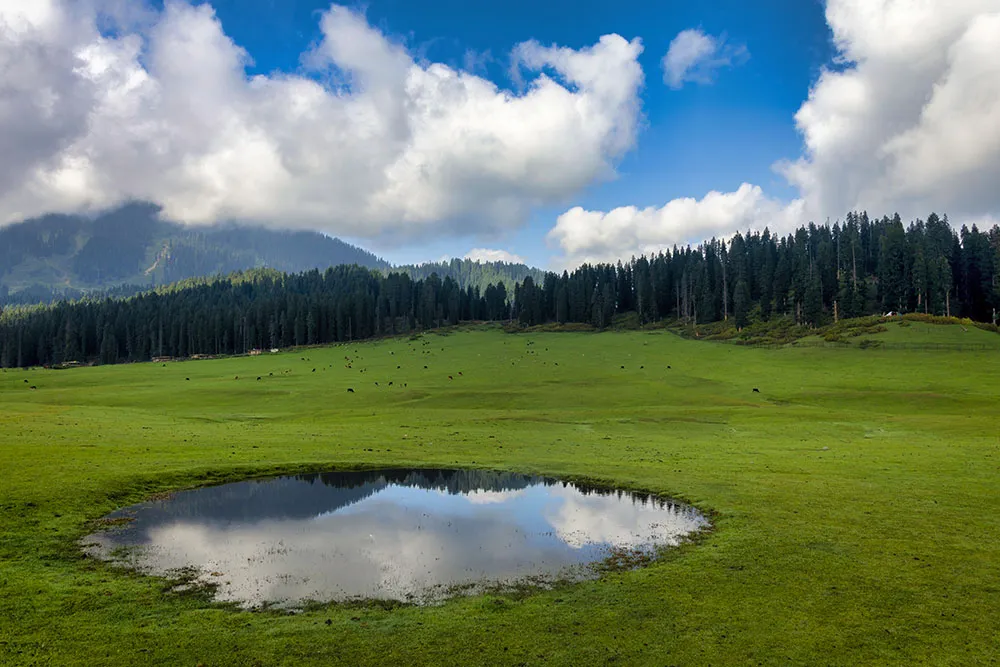
Doodhpathri, often called The Valley of Milk, is a hidden jewel in Budgam, Kashmir. Picture lush green meadows, shimmering streams that sparkle under the sun, and snow-capped peaks rising in the distance. Unlike the more commercialized hill stations, Doodhpathri offers a peaceful, authentic experience where nature unfolds in its purest form.
The heart of this destination is its vast grassy slopes, where crystal-clear streams flow like liquid silver. In spring and summer, the valley bursts into color with daisies, buttercups, and forget-me-nots, creating a scene that feels almost dreamlike.
This gentle river runs through the valley with shallow, transparent waters perfect for picnics and photography. The surrounding forests and meadows make it an ideal spot to relax.
About 5 kilometers away, Palmaidan is a meadow surrounded by towering pines and deodars. Giant stones scattered across the land make it a distinctive and picturesque grazing ground for shepherds.
Located just before Doodhpathri, Tangnar is a peaceful valley filled with conifer trees. Its calm trails are perfect for short nature walks and quiet moments.
A small rustic hamlet along the Shaliganga River, Mujpathri offers a glimpse of traditional Kashmiri life with wooden cabins and pastoral scenery.
For trekkers, Diskhal is a high-altitude meadow about 10 kilometers from Shaliganga. The trek is challenging but rewards adventurers with panoramic views of the Ashtaar Glacier.
This vast, tranquil meadow is a favorite for camping and stargazing. Many travelers combine Tosamaidan with Doodhpathri for a fuller experience of Kashmir’s alpine beauty.
Situated around 13 kilometers away, Nilnag Lake is a clear blue alpine lake surrounded by forests. Its calm waters mirror the surrounding landscape, offering a perfect escape for solitude seekers.
Raw, Offbeat Charm: Unlike Gulmarg or Sonamarg, Doodhpathri is less crowded, giving travelers a chance to enjoy untouched beauty.
Spectacular Natural Scenery: Meadows, streams, forests, and mountains blend into a breathtaking landscape.
Adventure Opportunities: Horse riding, trekking, skiing in winter, sledding, and even paragliding are possible here.
Cultural Connection: Local food stalls, often run by women, serve authentic dishes like makai roti and noon chai.
Seasonal Variety: Every season offers a new face—snow in winter, wildflowers in spring, and refreshing greenery in summer.
Ride a pony or trek deeper into the meadows.
Carry water, snacks, and picnic supplies as facilities are limited.
Pack warm clothing; nights are cold even in summer.
Keep a power bank since mobile signals are weak.
Plan treks with proper gear, especially the trek to Diskhal.
Do not expect modern facilities—no ATMs, petrol stations, or medical shops inside.
Do not rely on mobile connectivity; it fades after Khan Sahib.
Do not plan late-night meals—most food stalls close early.
Do not underestimate winter conditions; heavy snowfall may block access.
Origin of the Name: Legend says saint Sheikh Noor-Ud-Din struck the ground and milk gushed out, later turning into water—hence the name Valley of Milk.
Seasonal Living: No permanent population resides here. Shepherds use the valley for summer grazing and move away in winter.
Women-Led Food Stalls: Many food stalls are run by local women, a unique and empowering feature of Doodhpathri.
Bollywood Connection: Scenes from the movie Raazi were filmed in this valley.
Surreal Snowfall: Sudden snowfall during pony rides is a magical experience often described by travelers.

Gurez Valley is one of Kashmir’s best-kept secrets. Remote, untouched, and breathtakingly beautiful, this hidden paradise promises serenity at every turn. From snow-clad peaks to wildflower meadows, from ancient trade routes to legends of poets, Gurez is a land where time slows down, inviting travelers to explore both peace and adventure. Many visitors discover this offbeat destination through carefully curated Kashmir Offbeat tour Packages to ensure a safe and immersive experience.
Named after the legendary Kashmiri poetess, this pyramid-like peak offers unforgettable sunrise and sunset views. A nearby natural spring adds folklore charm to the scenic spot.
The cultural heart of Gurez, Dawar is dotted with wooden houses, bustling markets, and cozy army-run cafés serving warm chai and snacks. Walking here feels like stepping into a living postcard of Himalayan life.
Just 25 km from Dawar, Tulail Valley is a magical landscape of meadows, pine forests, and colorful wildflowers—perfect for trekking, camping, or quiet reflection.
The lifeline of Gurez, this crystal-clear river (called Neelum in Pakistan) is ideal for riverside strolls, trout fishing, or rafting for adventure lovers.
At nearly 11,600 ft, Razdan Pass connects Gurez to the rest of Kashmir. The nearby Peer Baba Shrine, maintained by the army, is a tranquil stop for travelers seeking blessings.
The last inhabited village before the Line of Control, Chakwali offers profound solitude. An Aadhaar card is sufficient to visit this remote corner of India.
Ruins of Gurez Fort provide panoramic valley views. Nearby sites like Kanzalwan highlight Gurez’s historical role in trade and defense.
Gurez shelters elusive wildlife like Himalayan brown bears and snow leopards. Birdwatchers and hikers will delight in spotting rare species along alpine forests and trails.
At around 3,600 m, Gadsar Lake mirrors the surrounding mountains and sky. Treks around the lake lead to hidden gems like Tragbal Lake, perfect for hikers and photographers.
Snow peaks, meadows, and crystal-clear rivers showcase the Himalayas in their purest form.
Meet the Dard-Shin people, guardians of the unique Shina language and age-old traditions.
Ideal for trekkers, photographers, and travelers seeking a peaceful retreat off the beaten path.
Gurez carries stories of poets, kings, and traders from its time as part of ancient Dardistan and the Silk Route.
Carry your Aadhaar card—enough for visiting border areas like Chakwali.
Check the season; Razdan Pass may be closed in heavy snow.
Dress modestly and respect local Dard-Shin customs.
Pack warm clothes, trekking gear, and essentials.
Hire local guides for terrain knowledge, legends, and safe routes.
Don’t underestimate the remoteness—avoid venturing unprepared.
Don’t litter; help preserve Gurez’s pristine beauty.
Don’t rush high altitudes—acclimatize slowly to avoid sickness.
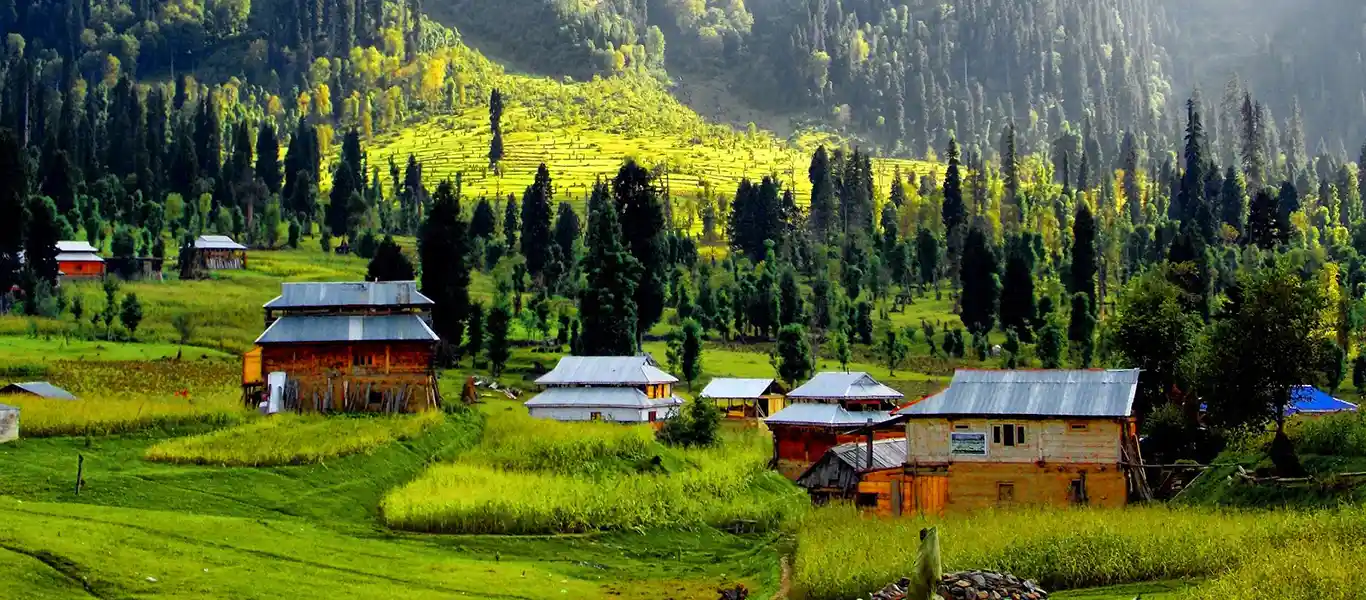
Tucked away in the Pir Panjal range, about 100–130 km from Srinagar, Bangus Valley (also called Bungus Valley) is one of Kashmir’s most breathtaking hidden treasures. Resting at an altitude of nearly 3,000 m (10,000 ft), this vast alpine meadow spans more than 300 km² and is divided into Bada (Big) Bangus and Chota (Small) Bangus.
Still relatively untouched by mainstream tourism, Bangus feels like stepping into a dreamland where rolling meadows stretch endlessly, icy peaks guard the horizon, and gurgling streams bring the valley to life. Travelers seeking offbeat beauty often include Bangus in Kashmir top Visit Places itineraries for an unforgettable experience.
Bangus Valley blends untouched natural beauty, thrilling adventure, cultural richness, and soul-soothing peace. Unlike crowded tourist destinations, it remains serene, offering a rare chance to witness Kashmir’s wilderness in its purest form. Visiting Bangus isn’t just a trip—it’s an immersive experience of nature, culture, and silence that stays with you forever.

Tucked away in the Zabarwan Range of Jammu & Kashmir, just 22 km from Srinagar, Dachigam National Park is a Himalayan gem. Famous for its lush landscapes, streams, and as the home of the critically endangered Hangul deer, the park offers a mix of nature, wildlife, and adventure. Below are its highlights, reasons to visit, useful tips, and lesser-known facts.
The Hangul, or Kashmir Stag, is the park’s most celebrated resident and is found only in this region. The best time to spot them is early morning or late afternoon when they graze in lower valleys. For wildlife lovers, seeing this rare species is unforgettable.
Marsar Lake is an alpine lake high in the park that feeds the Dagwan Nallah. The river flows through the valleys and helps supply Srinagar’s Sarband reservoir, making Dachigam both a wildlife haven and an important water source for the city.
The park ranges in altitude from about 1,600 m to over 4,200 m. Visitors pass through dense coniferous forests of oak, pine, birch, and juniper; open alpine meadows with wildflowers; waterfalls; and lush valleys. Each season transforms the landscape.
Besides the Hangul, Dachigam supports Himalayan black bear, brown bear, snow leopard, musk deer, leopard cat, Himalayan serow, langur, jackal, fox, otter, and marmot. Every visit offers chances to encounter different species.
The park hosts over 150 bird species, including Himalayan monal, crimson tragopan, golden orioles, bearded vultures, black bulbuls, and koklass pheasants. Valleys often echo with warblers and flycatchers.
Trekking routes to Marsar and Tarsar lakes and trails through upper meadows offer spectacular Himalayan views. The rugged terrain rewards trekkers with pristine scenery, streams, and alpine serenity away from crowds.
Crucial biodiversity hotspot: A refuge for Hangul and other endangered species.
Stunning natural beauty: Forests, rivers, meadows, and alpine pastures make it one of India’s most picturesque parks.
Easy accessibility: About 20–22 km from Srinagar, suitable for a day trip or a longer exploration.
Birdwatcher’s paradise: An unmatched variety of avian life.
Support conservation: Visits help raise awareness for fragile ecosystems and endangered species.
Obtain an entry permit from the JK Wildlife Department or authorized providers.
Wear sturdy hiking shoes and layer clothing; weather changes quickly.
Carry water, snacks, insect repellent, ID, and medicines.
Hire a local guide to spot wildlife and learn about biodiversity.
Stick to marked trails, especially in Upper Dachigam.
Maintain silence, respect wildlife, and take back all trash.
Do not enter restricted areas without permission.
Do not feed, approach, or disturb animals; maintain a safe distance.
No camping inside the park; stay in nearby lodges or Srinagar.
Do not use professional photography gear without prior approval.
Do not pluck plants, damage flora, or disturb the environment.
Meaning of Dachigam: The name means “ten villages,” referring to ten communities relocated in 1910 to create the protected area.
Water source for Srinagar: Dagwan Nallah from the park supplies fresh drinking water to Srinagar via the Sarband reservoir.
Hangul recovery: Hangul numbers increased from about 197 in 2004 to around 289 by 2023, marking a conservation success.
Altitude diversity: Elevation spans roughly 1,600 m to over 4,200 m, creating multiple ecological zones.
Rare predators: Snow leopards, Indian leopards, and musk deer occur here but are rarely seen.
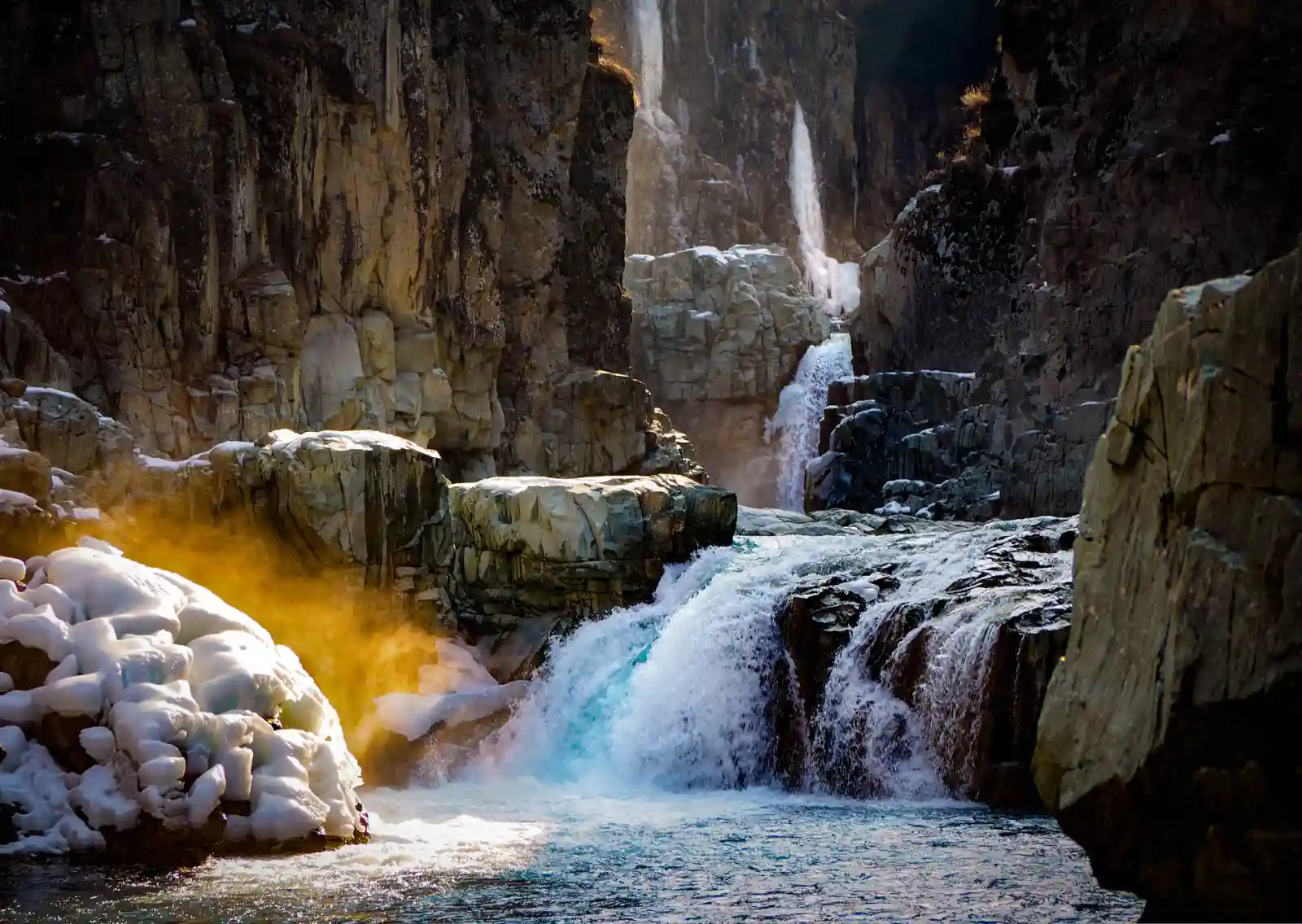
Often called the “Niagara Falls of Kashmir,” Aharbal is one of the valley’s most breathtaking yet lesser-explored gems. Located about 70–75 km from Srinagar, the waterfall is formed by the Veshaw (Veshu) River as it crashes down nearly 25 meters through a narrow granite gorge, creating a spectacular three-stage cascade.
Set against the backdrop of the Pir Panjal range, Aharbal is surrounded by pine and fir forests, rolling meadows, and views of distant snow-capped peaks. Unlike the busier tourist hubs of Gulmarg or Pahalgam, Aharbal offers a serene, offbeat experience—perfect for those who seek both adventure and peace.
The area is also a gateway to treks like Kounsarnag Lake, offers opportunities for trout fishing (with permits), and is home to a fossil site dating back hundreds of millions of years. Whether you’re a trekker, photographer, or simply a lover of raw natural beauty, Aharbal promises an unforgettable journey.
Aharbal Waterfall is often called the “Niagara Falls of Kashmir.” The waters of the Veshaw (Veshu) River rush dramatically through a narrow granite gorge before plunging nearly 25 meters down in three distinct stages. The first drop is barely visible, the second creates a calm pool, and the final plunge thunders into the valley below. Visitors can feel the mist and hear the roar echoing through the Pir Panjal mountains.
Nestled in the Pir Panjal range, the area is wrapped in dense pine and fir forests, rolling meadows, and distant snow-covered peaks. The journey to Aharbal is as magical as the destination itself. The 2–3 hour drive from Srinagar passes apple orchards, sleepy villages, and lush valleys.
Aharbal serves as the starting point for treks to the Kungwattan meadow and the Kounsarnag Lake trek, which winds through alpine valleys, glacial streams, and traditional shepherd villages. For those not into long treks, there are short forest trails around the area suitable for peaceful walks.
The Veshaw River is rich in trout, making it a favorite spot for anglers with a proper permit from the local Fisheries Department. The meadows and riverbanks near the falls make wonderful picnic spots where families can relax and enjoy the scenery.
About 2 km from the falls lies the Aharbal Fossil Site, where fossils dating from roughly 488 to 354 million years (Ordovician–Devonian) can be found. These include trilobites, gastropods, and other ancient marine and terrestrial life forms, making it an interesting stop for geology enthusiasts.
Untamed natural beauty: Aharbal remains raw, quiet, and largely untouched compared with more crowded tourist spots.
A photographer’s paradise: Roaring waterfalls, lush meadows, pine forests, and snow-dusted mountains offer numerous picture-perfect angles.
Adventure and trekking: Trails range from short walks to multi-day alpine treks suitable for different types of explorers.
Tranquil and offbeat: Ideal for travelers seeking solitude, reflection, or peace away from busy hubs.
Scientific interest: The nearby fossil site adds a rare prehistoric charm, blending natural beauty with history.
Wear sturdy trekking or walking shoes—rocks and trails can be slippery.
Carry water and snacks, as food options are limited to small stalls.
Start your trip early to make the most of daylight and the scenic drive.
Obtain a fishing permit if you plan to try trout fishing.
Respect nature: avoid littering and keep the surroundings clean.
Do not go too close to the waterfall edge—the current is strong and rocks are risky.
Avoid visiting during heavy rains or winter without proper preparation; roads may be blocked.
Do not expect luxury hotels—accommodation is limited; most visitors stay in Srinagar.
Never swim near the falls—the icy water and powerful currents are dangerous.
The waterfall has been studied for hydroelectric potential, with an estimated capacity of around 100 MW.
The nearby fossil site preserves remnants of ancient marine and terrestrial life from deep geological time.
There have been proposals to introduce adventure activities and eco-tourism initiatives to promote the area.
Kashmir truly is a destination that captures the heart of every traveler. From serene lakes and majestic mountains to vibrant gardens and bustling local markets, the valley offers endless experiences for everyone. Planning a Kashmir Trip allows you to explore its natural beauty, rich culture, and unforgettable adventures. Whether you are traveling with family, friends, or as part of a Kashmir Honeymoon Package, these places to visit in Kashmir will make your journey truly memorable. Each destination tells its own story and promises moments that you will cherish forever. So, whether it’s your first visit or a return journey, make sure to include these must-see destinations in your itinerary to enjoy the best of what Kashmir has to offer. A trip to this heavenly land is not just a vacation it’s an experience of a lifetime.